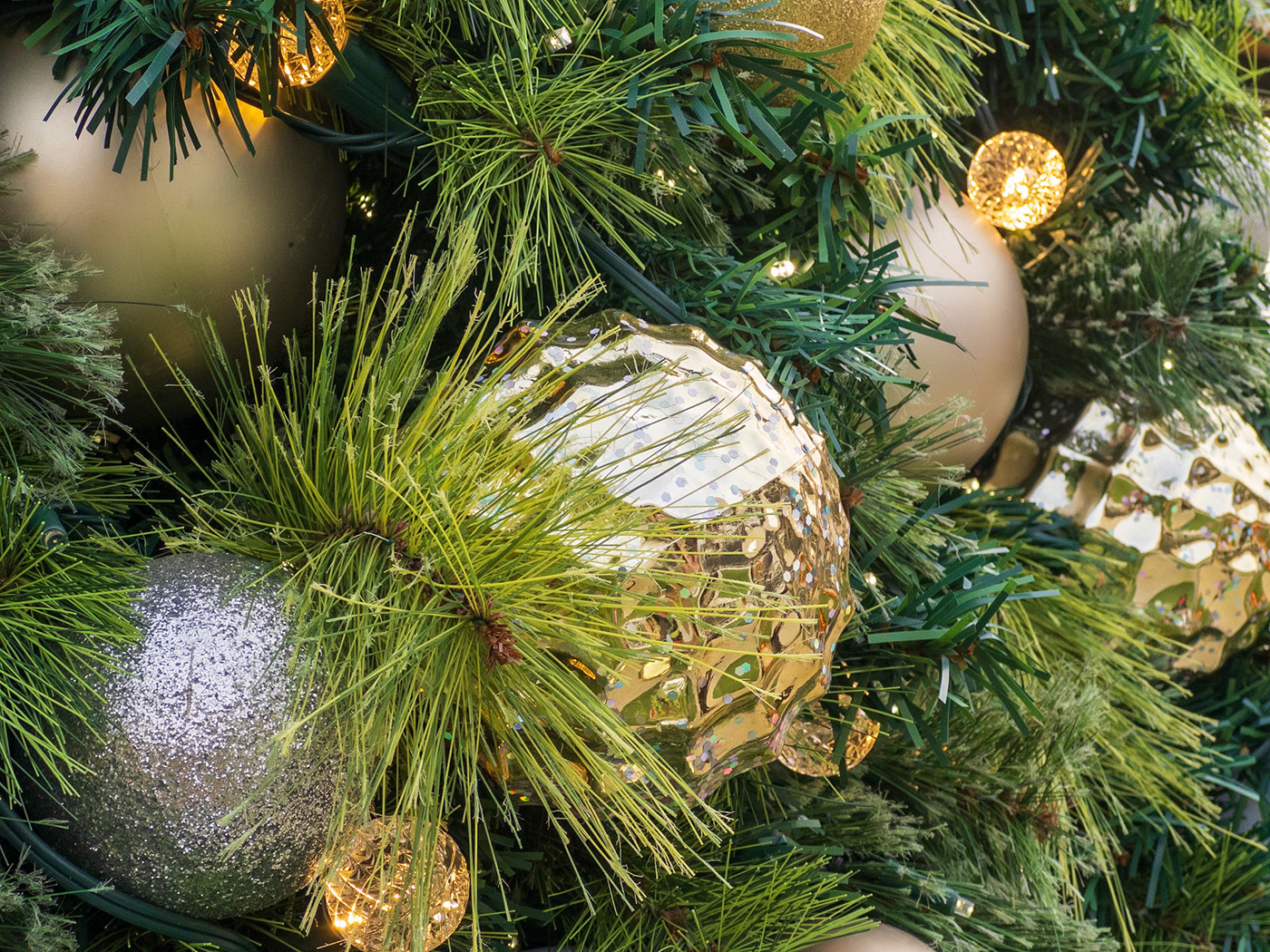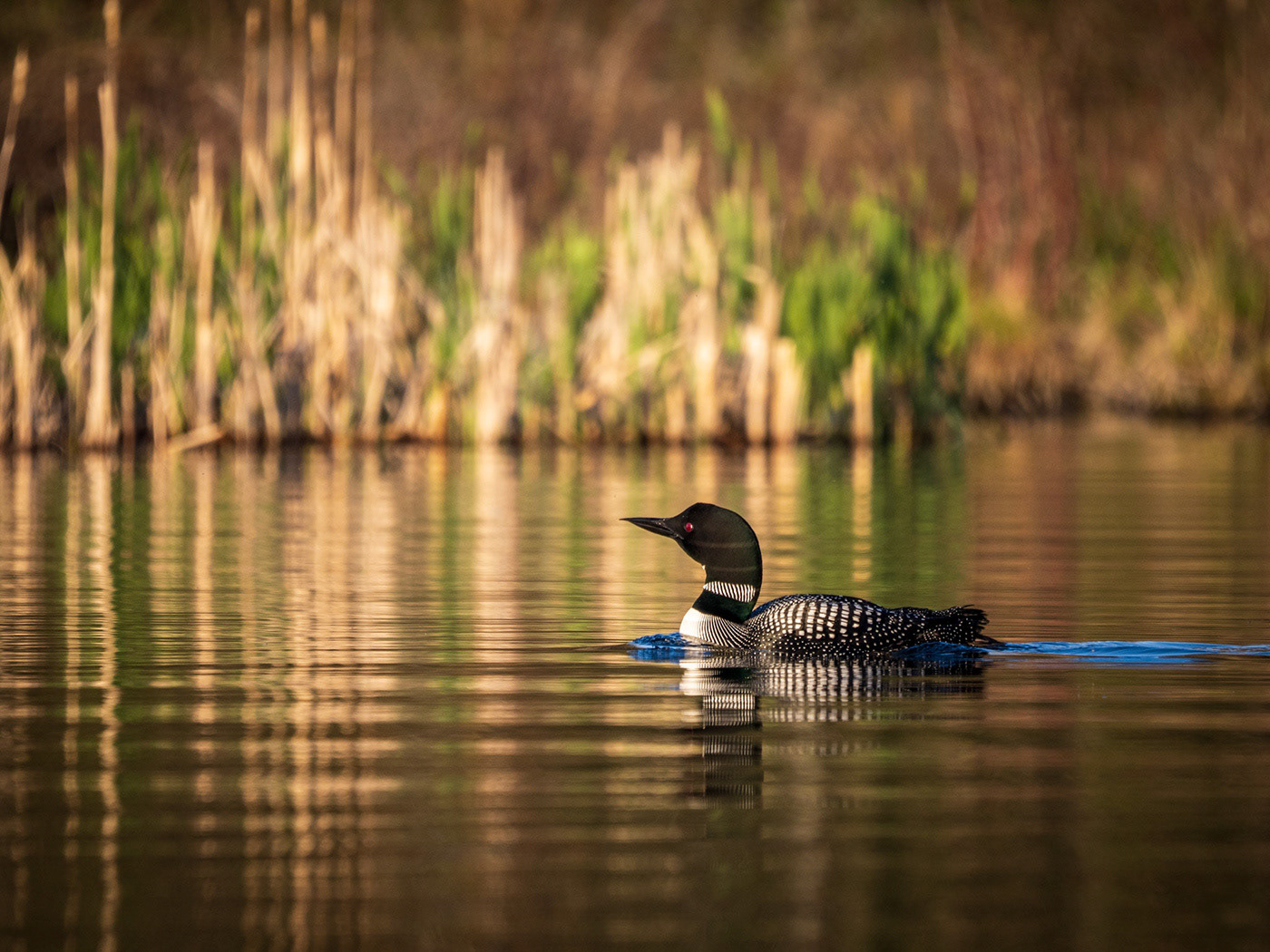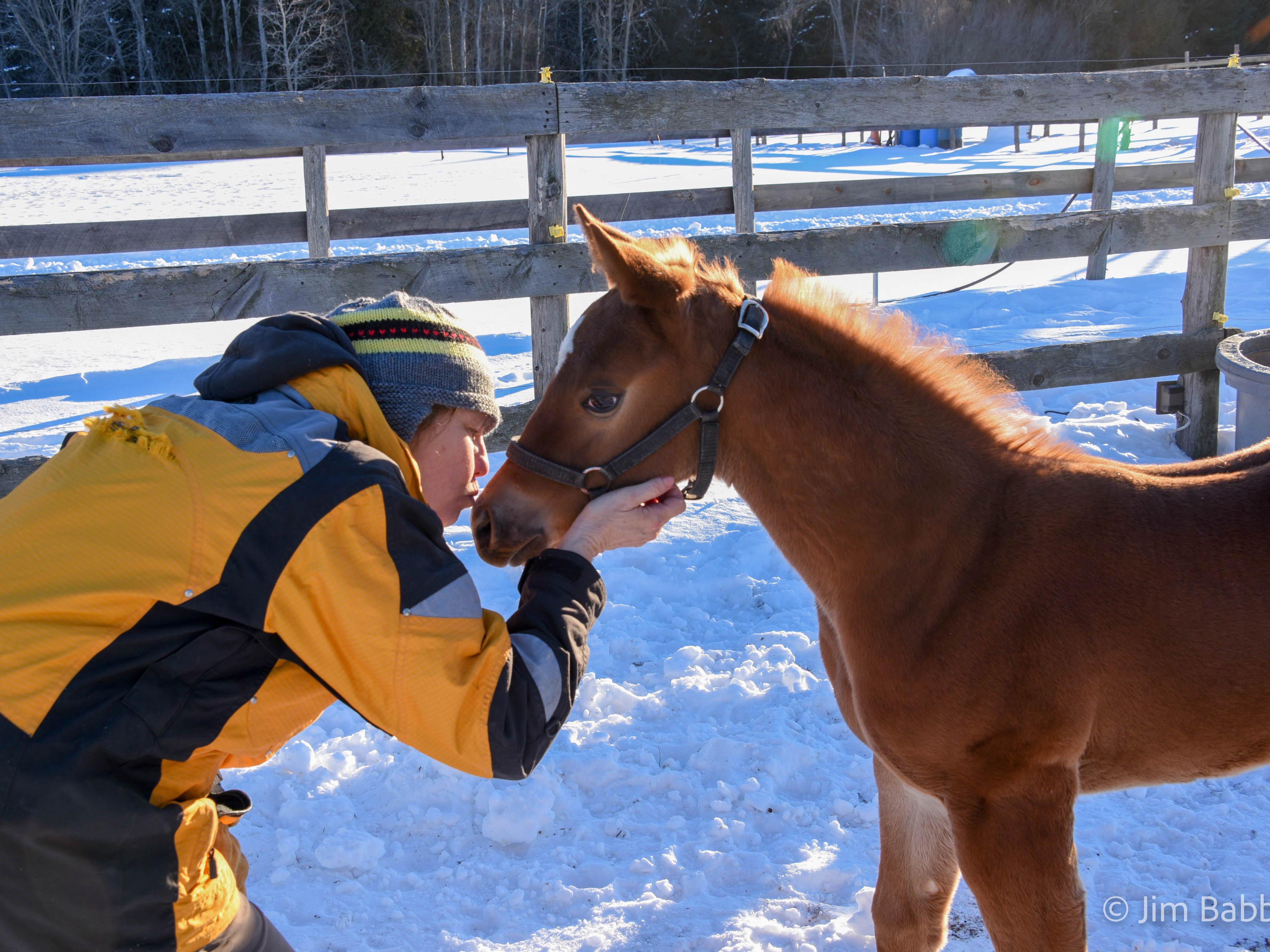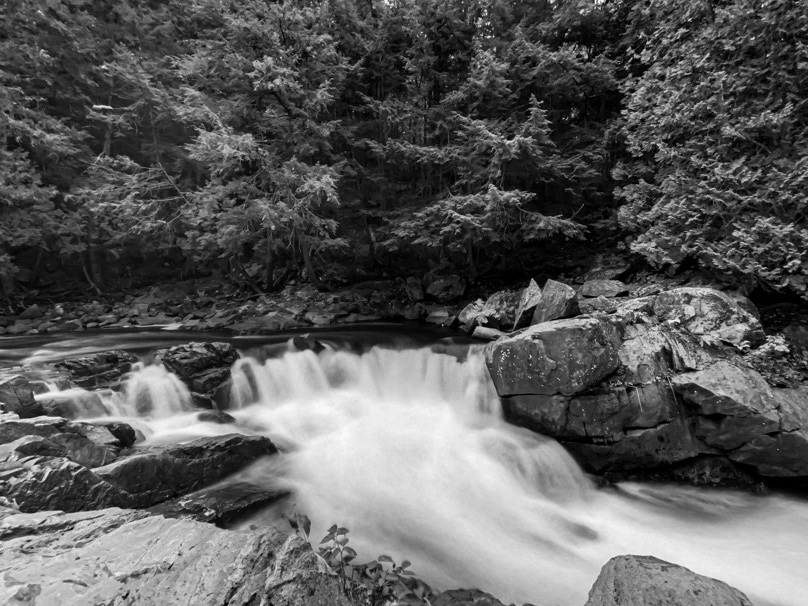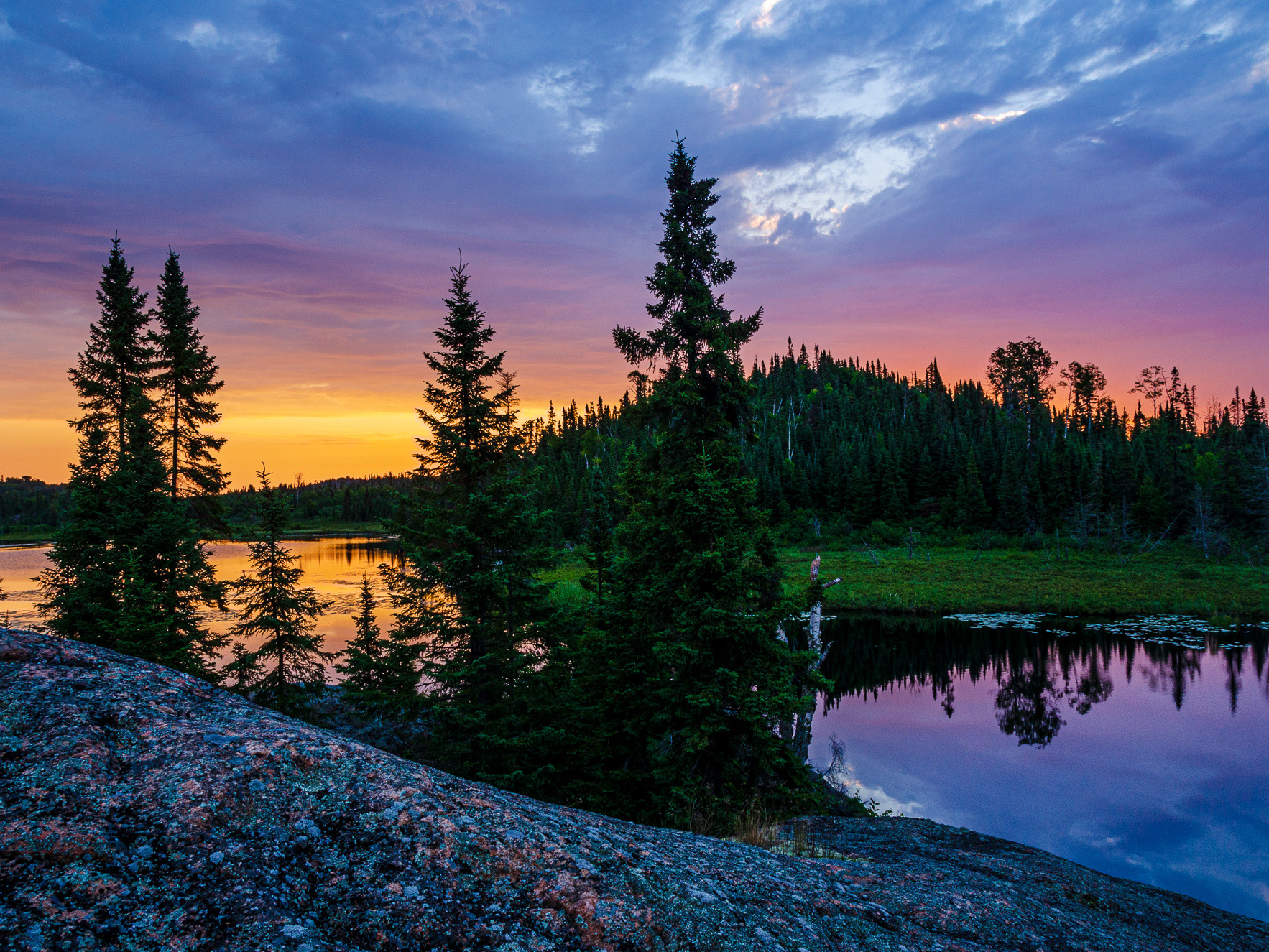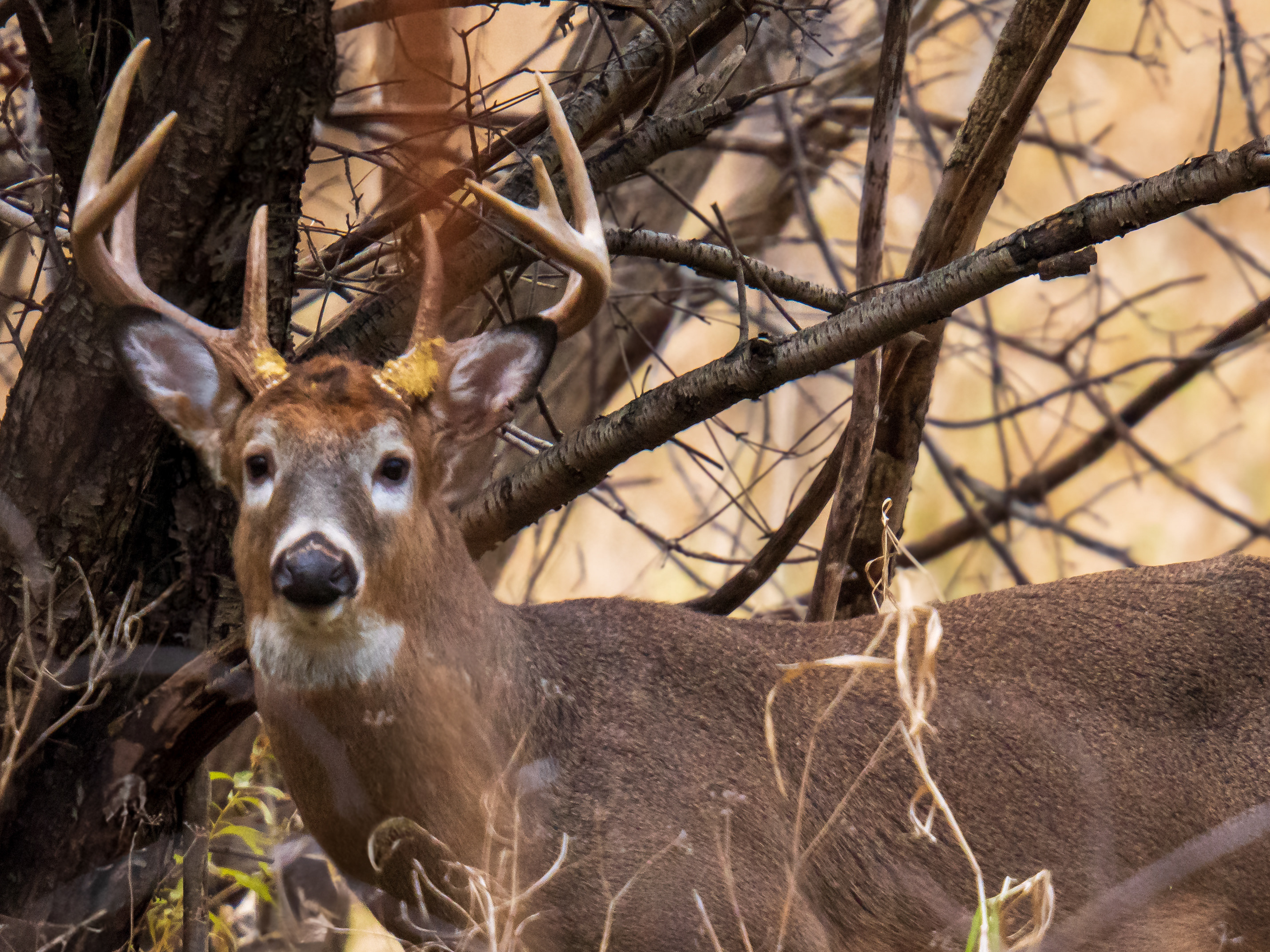Zooming into a New Lens
My Olympus Zuiko 100-400mm arrived on Friday! I took it out for a test drive on the weekend and I was very impressed from both landscape and wildlife perspectives. I need to do more testing hand-held at slower shutter speeds to really see how well the IS holds up for me, but I definitely came away with some shots I'm pleased with.
This is by no means an in-depth technical review. There are many of those already out there on YouTube, if you want to get all the specs. What you will get here is my first-hand experience using this new lens, along with some other musings, no doubt. All my images are captured in RAW format, and processed in Lightroom Classic and/or Lightroom Mobile.
Back Story
Some backstory on this lens and my choice to buy it. I have, over the past few years, made several wildlife captures at or near the cottage, including loons, osprey, herons, woodpeckers, turtles, red squirrels and even a bald eagle. And while I did the best I could, the images were often subpar simply because I could not get close enough, physically or optically.
Over a year ago, I heard rumors - soon after, confirmed - about a new super zoom coming from from Olympus with a 100-400mm focal range. In full frame terms, that’s a whopping 200-800mm, far exceeding my moderate 45-150mm (90-300mm full frame) lens. Heck, the longest lens I have for my Nikon D750 is only 300mm. Not to mention, a lens of this range for my Nikon would be: a) massive and b) the price of a good used car.
This lens could be smaller, lighter and cheaper* than a full frame version with the same effective focal length, and give me more than double the reach I currently have. It even supports teleconverters for additional reach. However, at a maximum aperture of f/5 (f6.3 at 400mm) I didn't relish using a teleconverter on this lens.
Note: Since originally publishing this article, I have seen examples from other owners of this lens using the 1.4 teleconverter and they have indicated they are happy with the both the quality and is usability when handheld.
With a lens like this, I would be able to get those close shots from the deck, the shore and even my kayak (it is weather-sealed). This lens would turn my EM5 into my official "birding" camera.
*Note: Olympus has also released their 150-400mm F/4.5 constant aperture pro lens. It is beautiful, but at $10k CDN, like those Nikkor lenses, it's outside the realm of my financial justification zone - assuming I wish to remain married. And I do.
Of course, almost as soon as the lens was released, it was on backorder. I had to play a waiting game.
Despite the personal rationale, I admit to no small amount of trepidation buying in this new piece of glass. This would be a big investment - over $2000 CDN - and then the delays as first Olympus camera and Imaging became OM Digital Solutions, owned by JIP. then physical back orders, meant not only did I end up waiting more than a couple months, it also gave me time to doubt the purchase.
I even considered cancelling the order at one point. Cold feet, I guess.
But I didn’t. And after spending a couple hours with the lens on a photo walk, I’m glad I didn’t.
I know you're all here to see photos, right? I'm including a full grid right now with a couple summary notes I wanted to share up front. Further down I will break things out with more detail.

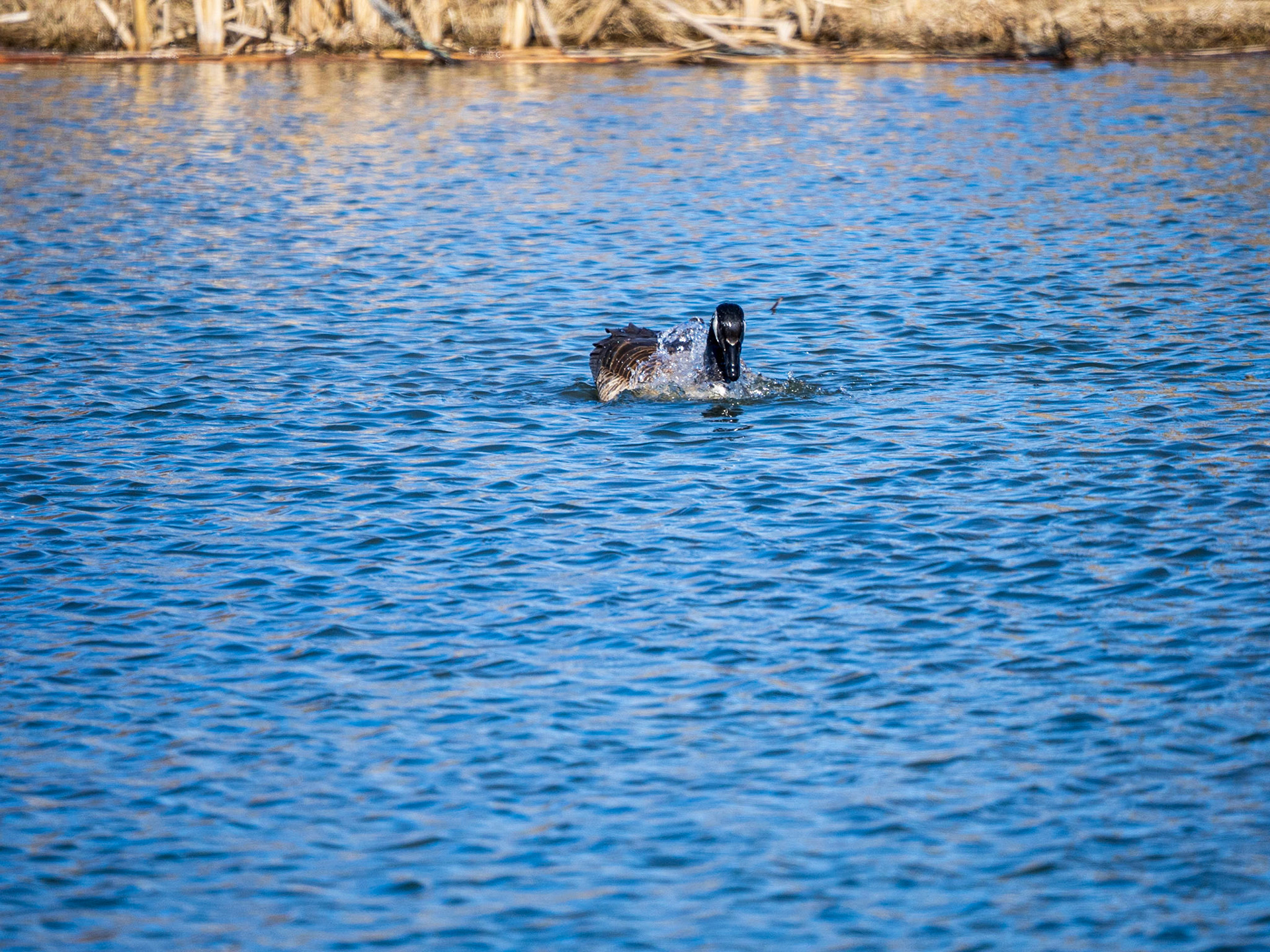
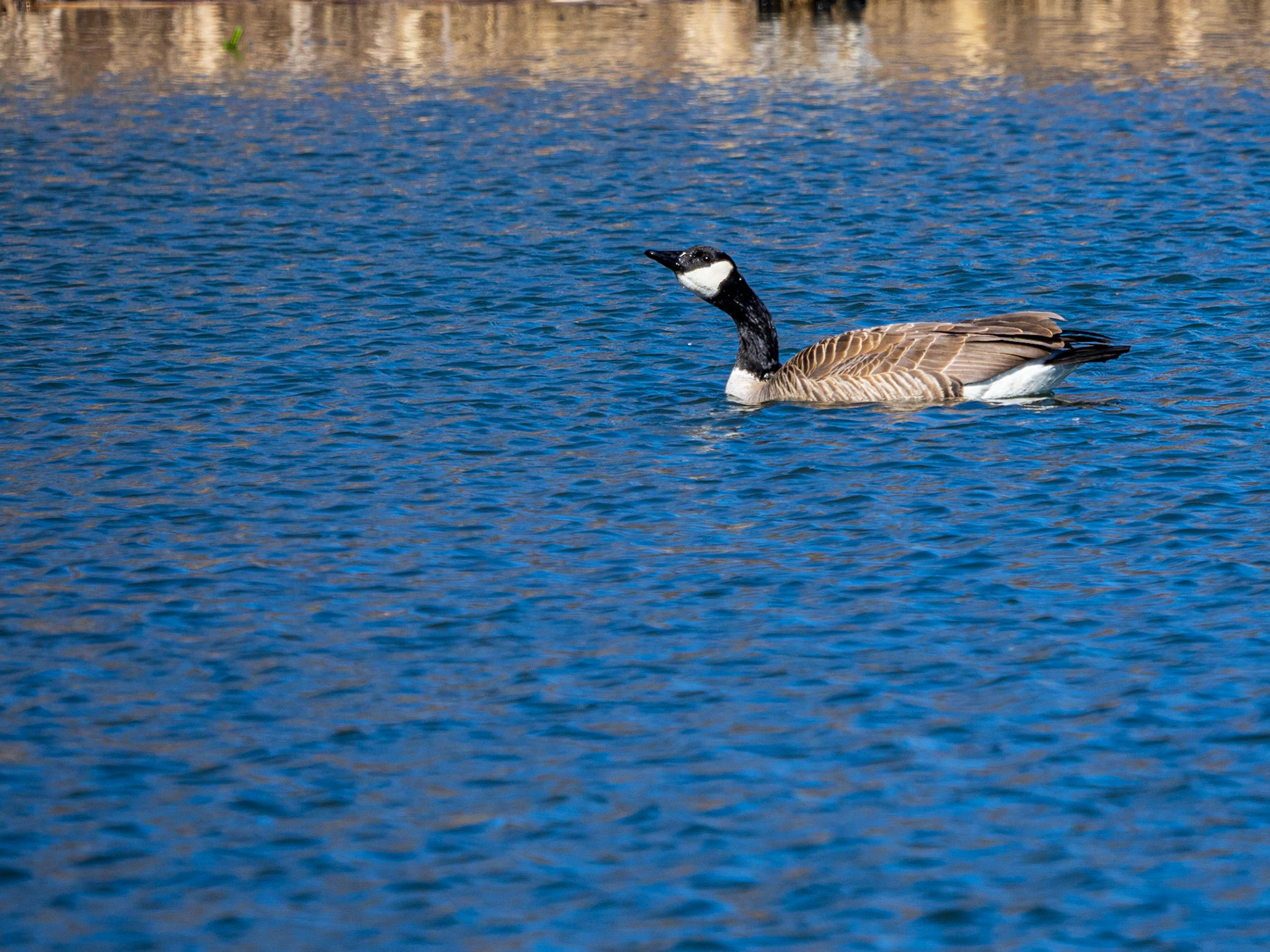

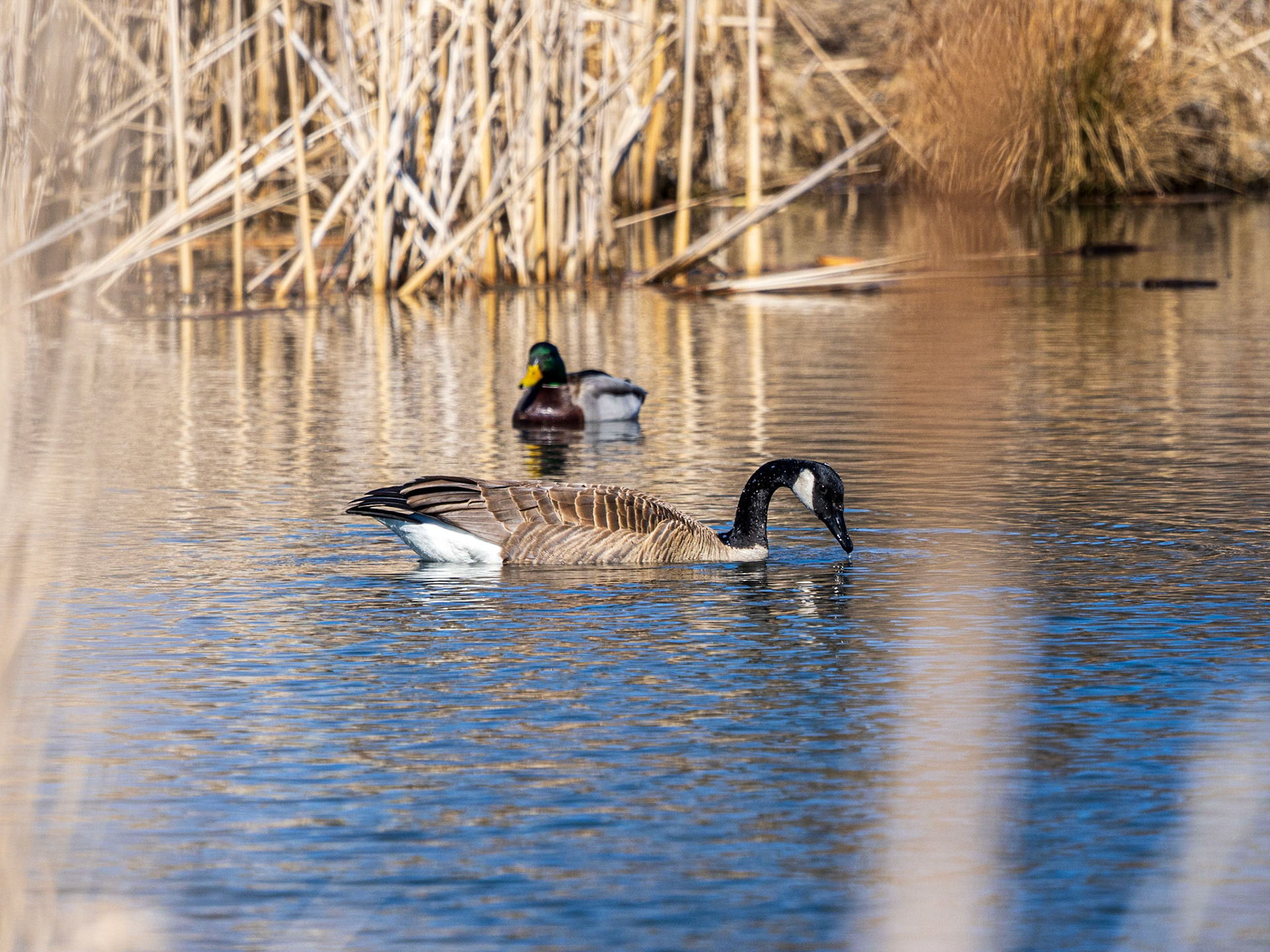
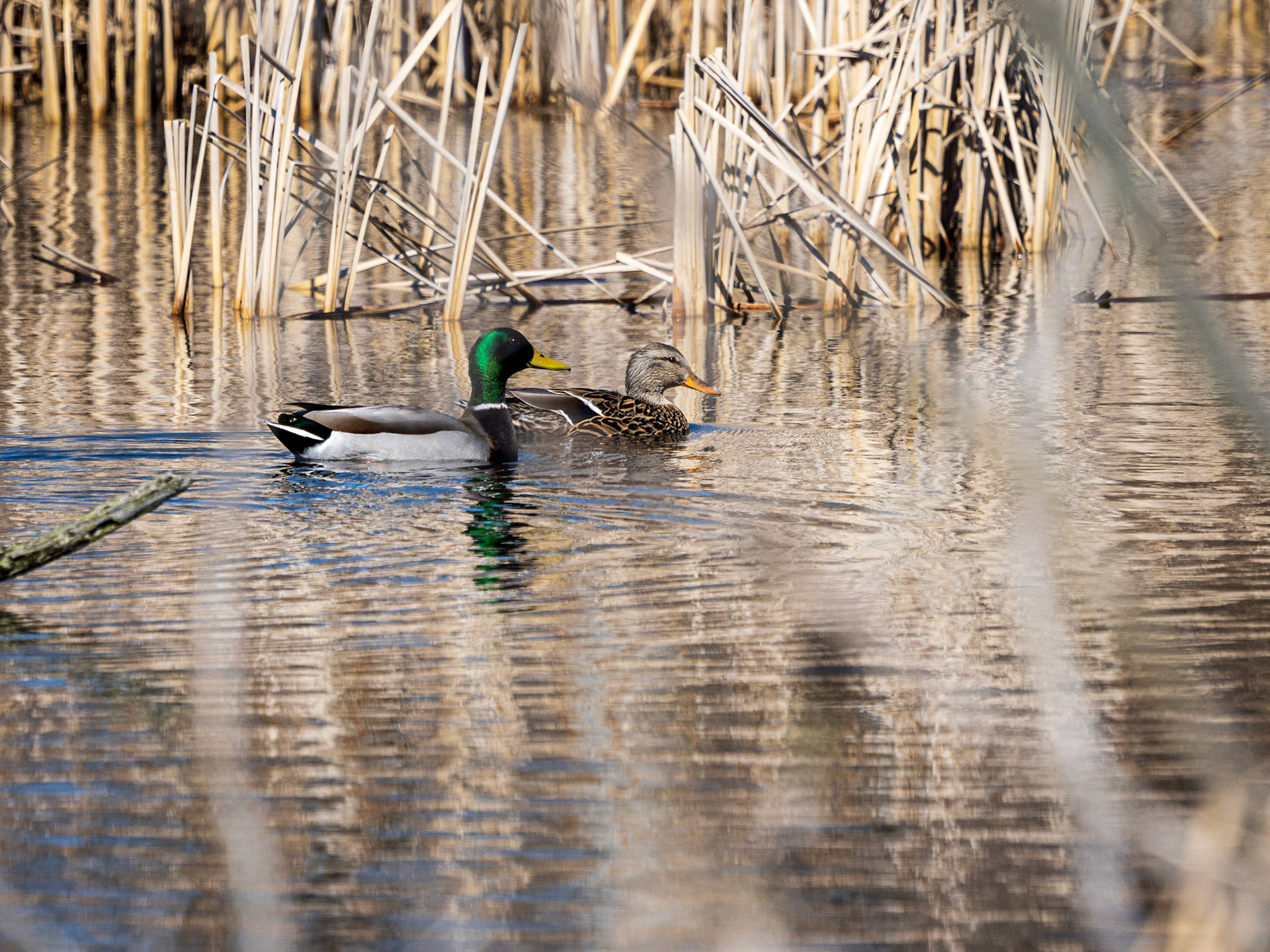
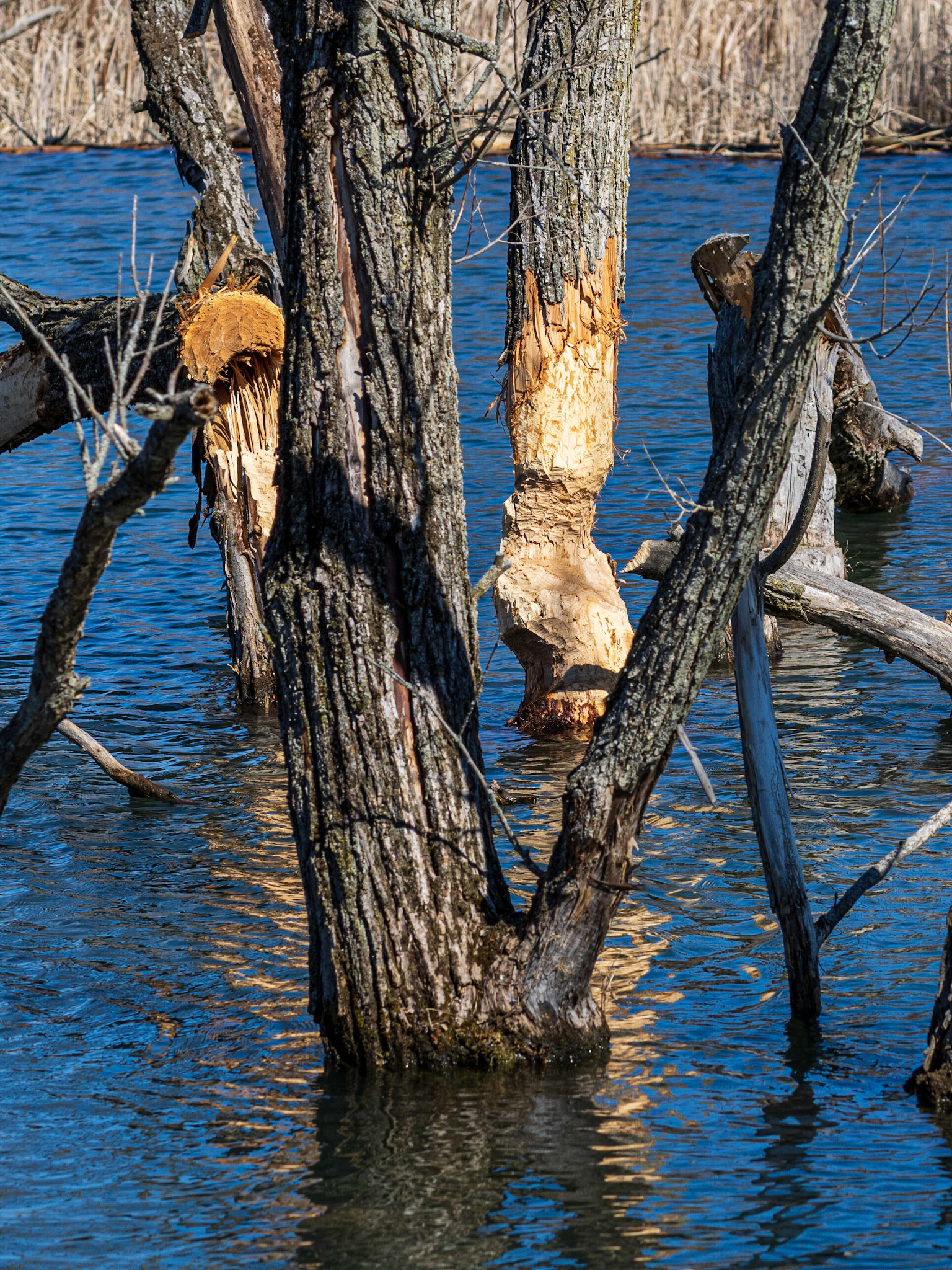
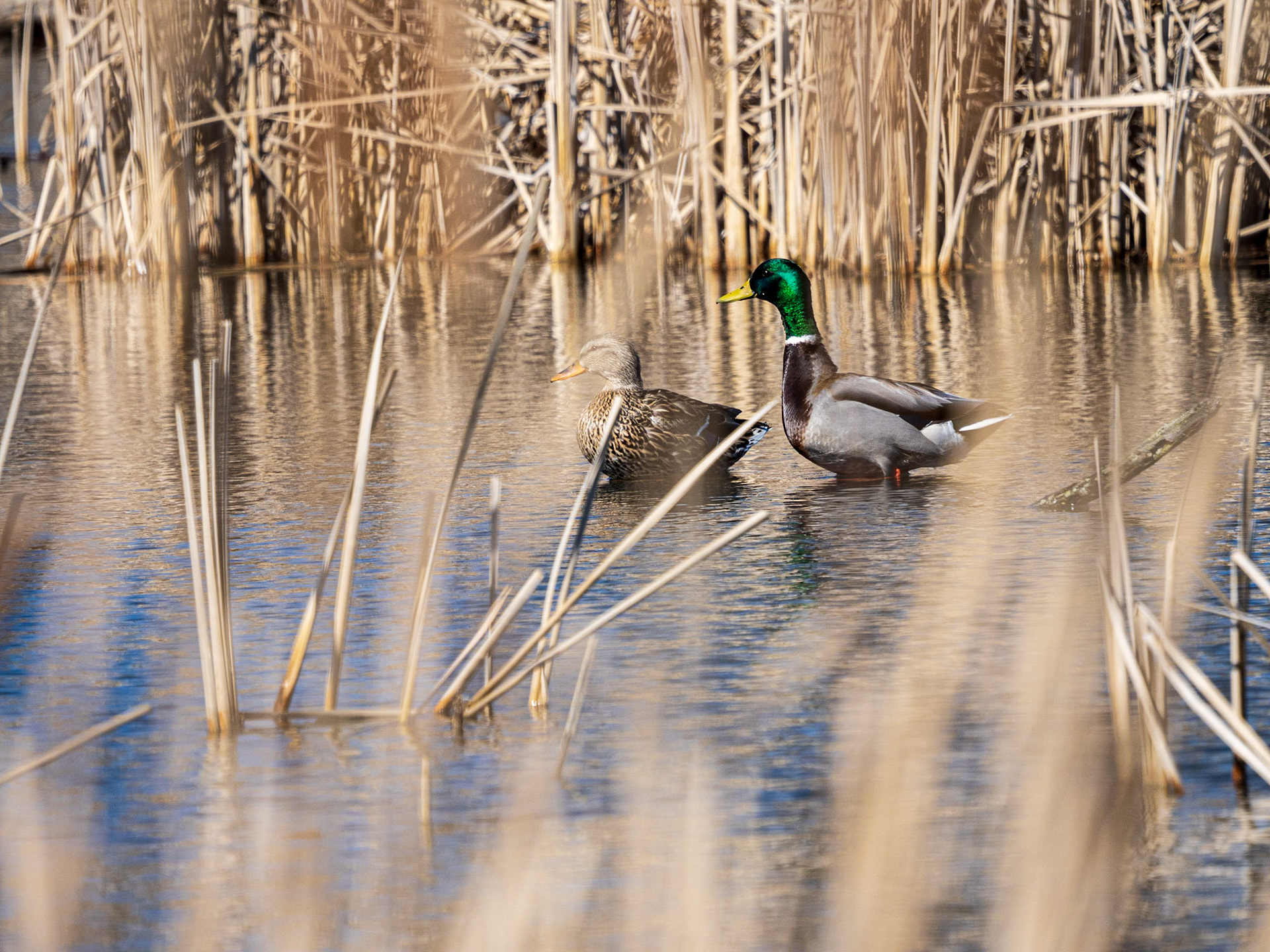
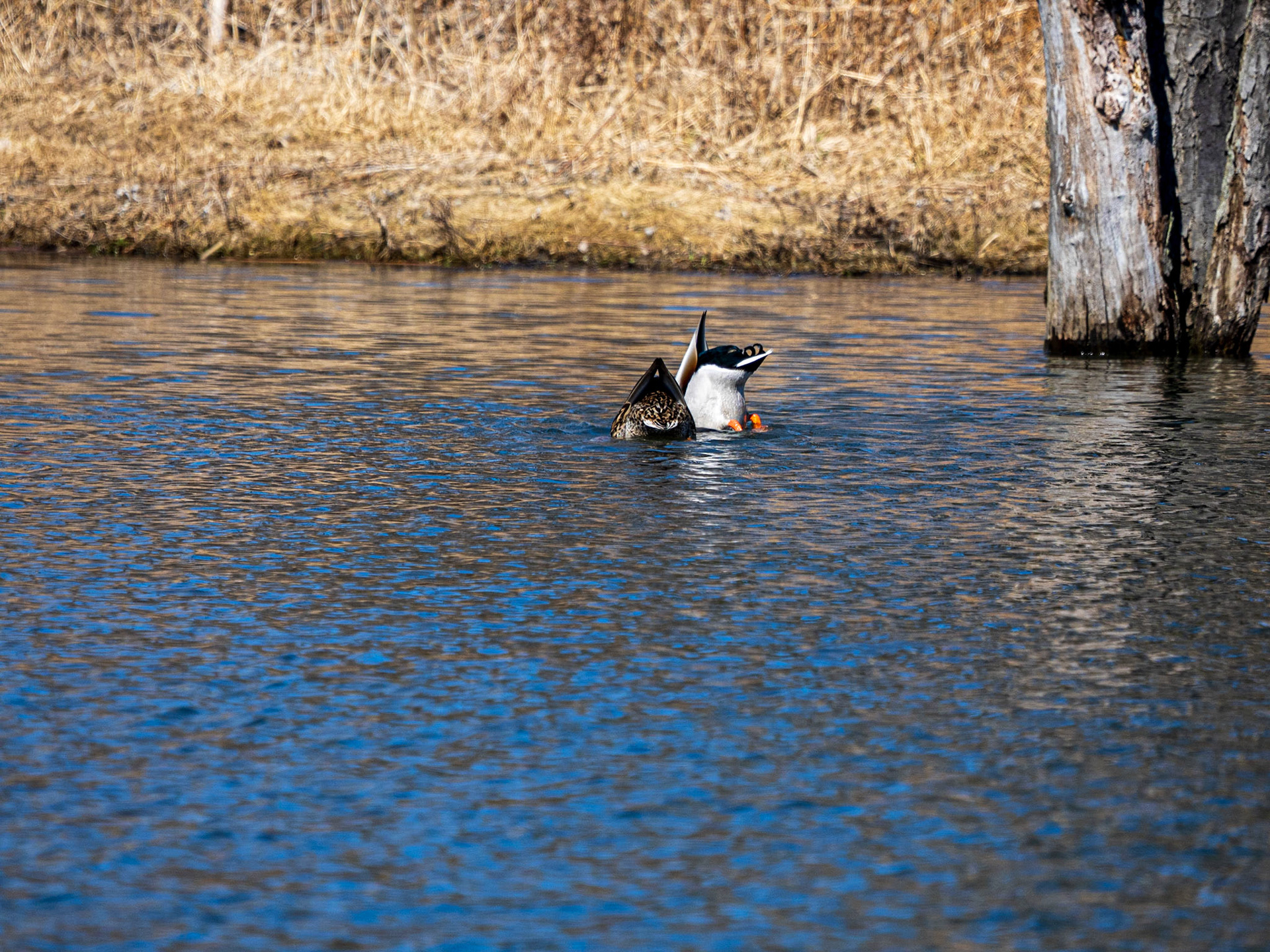

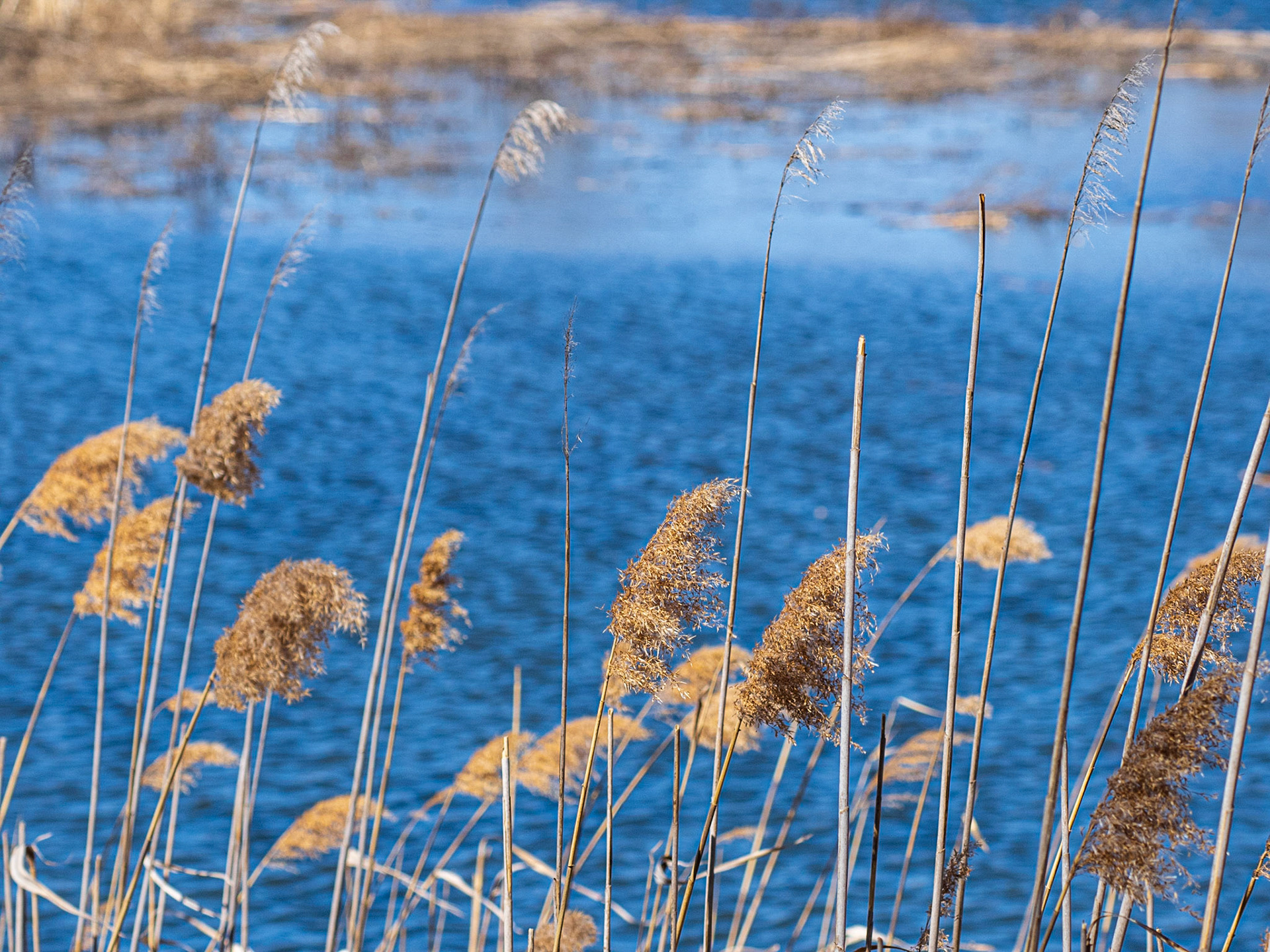

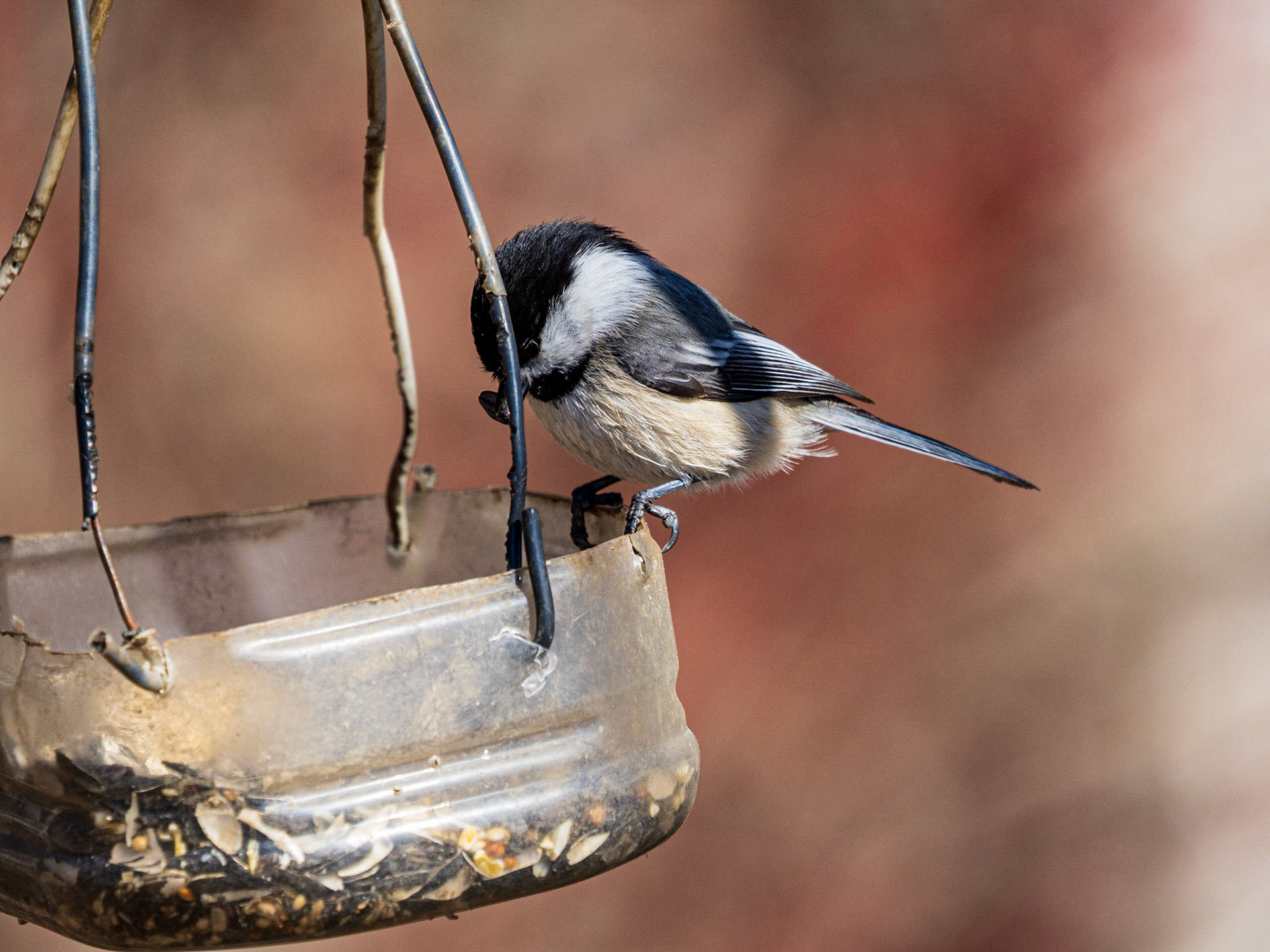
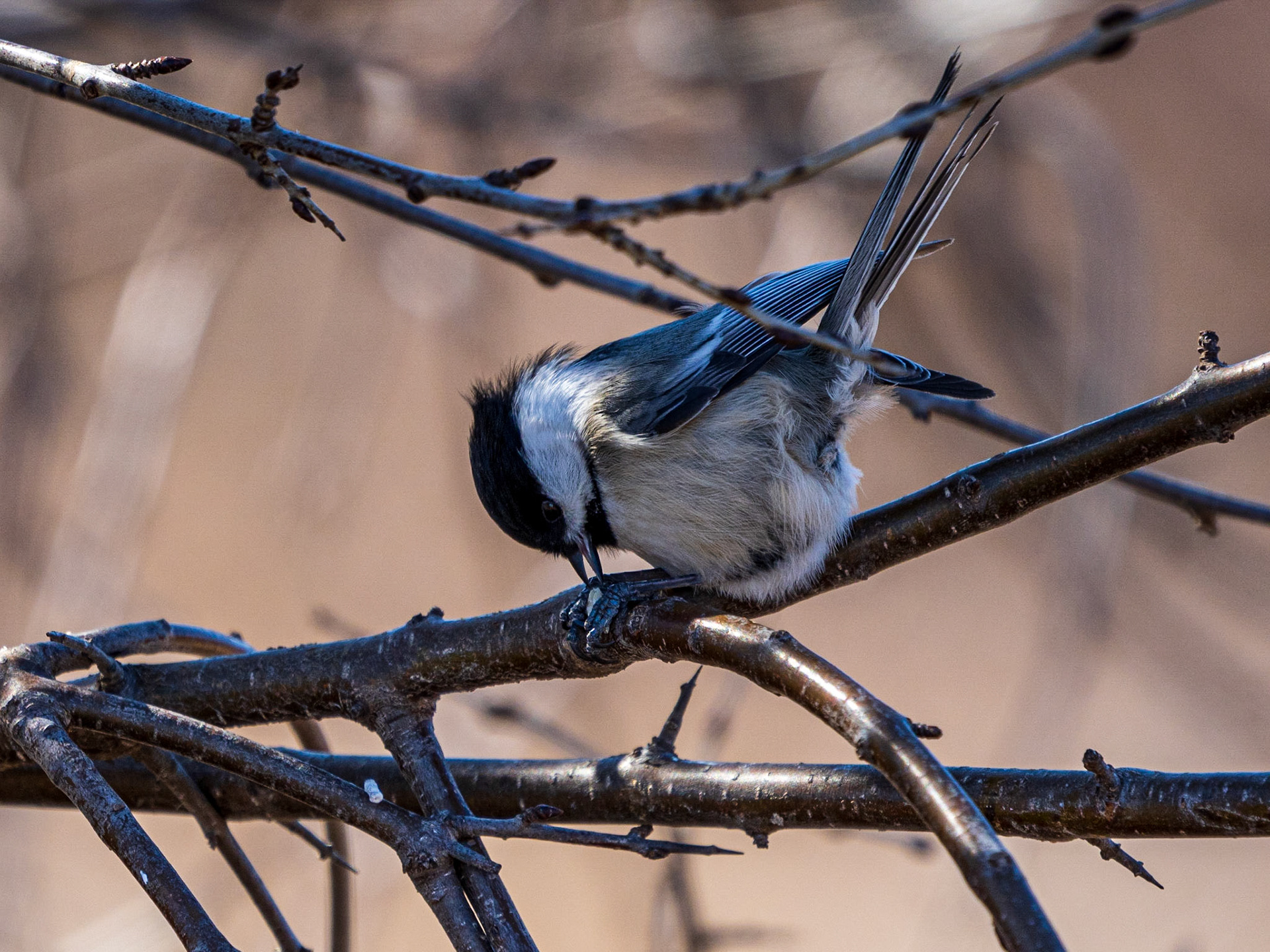
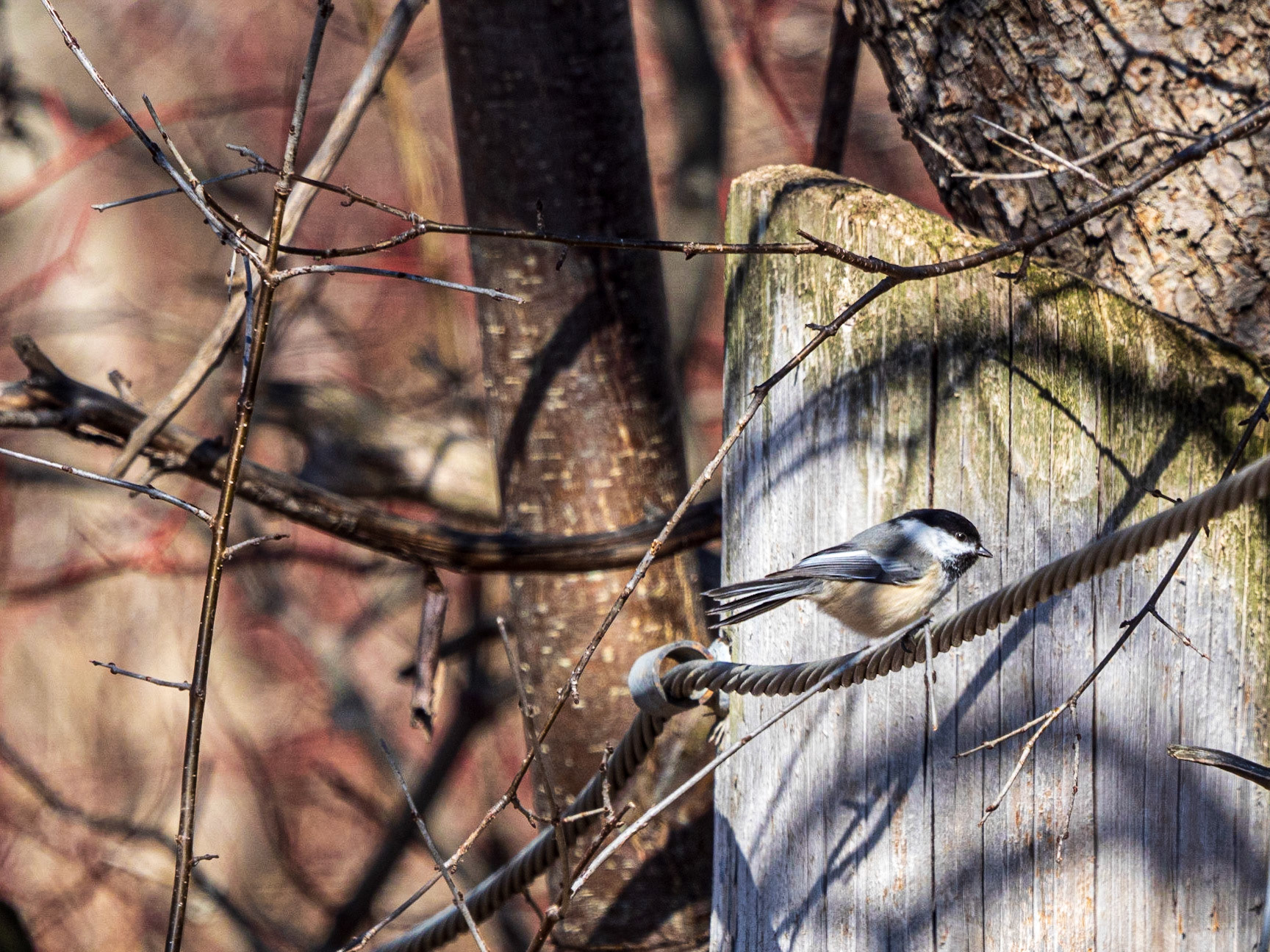

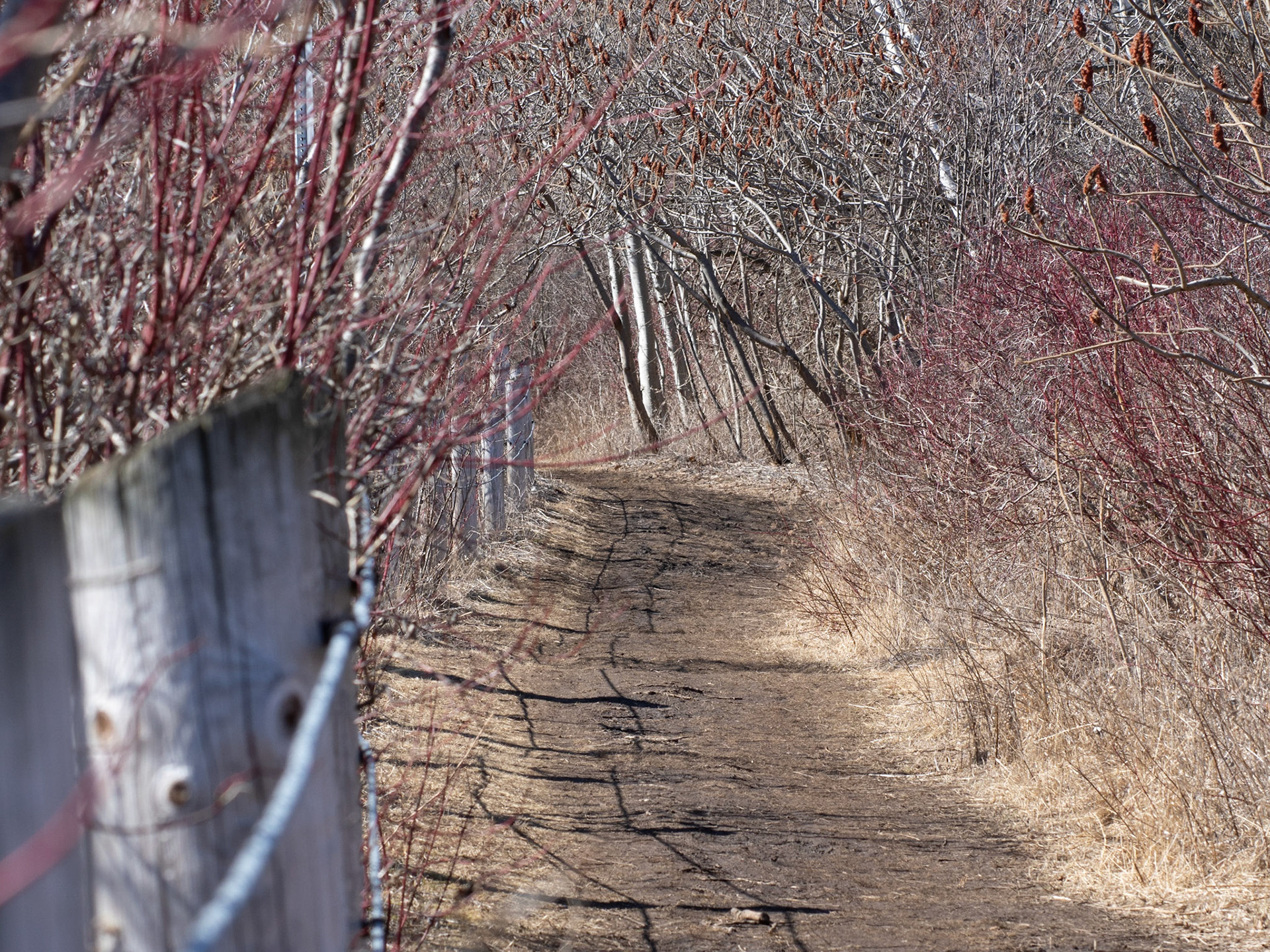

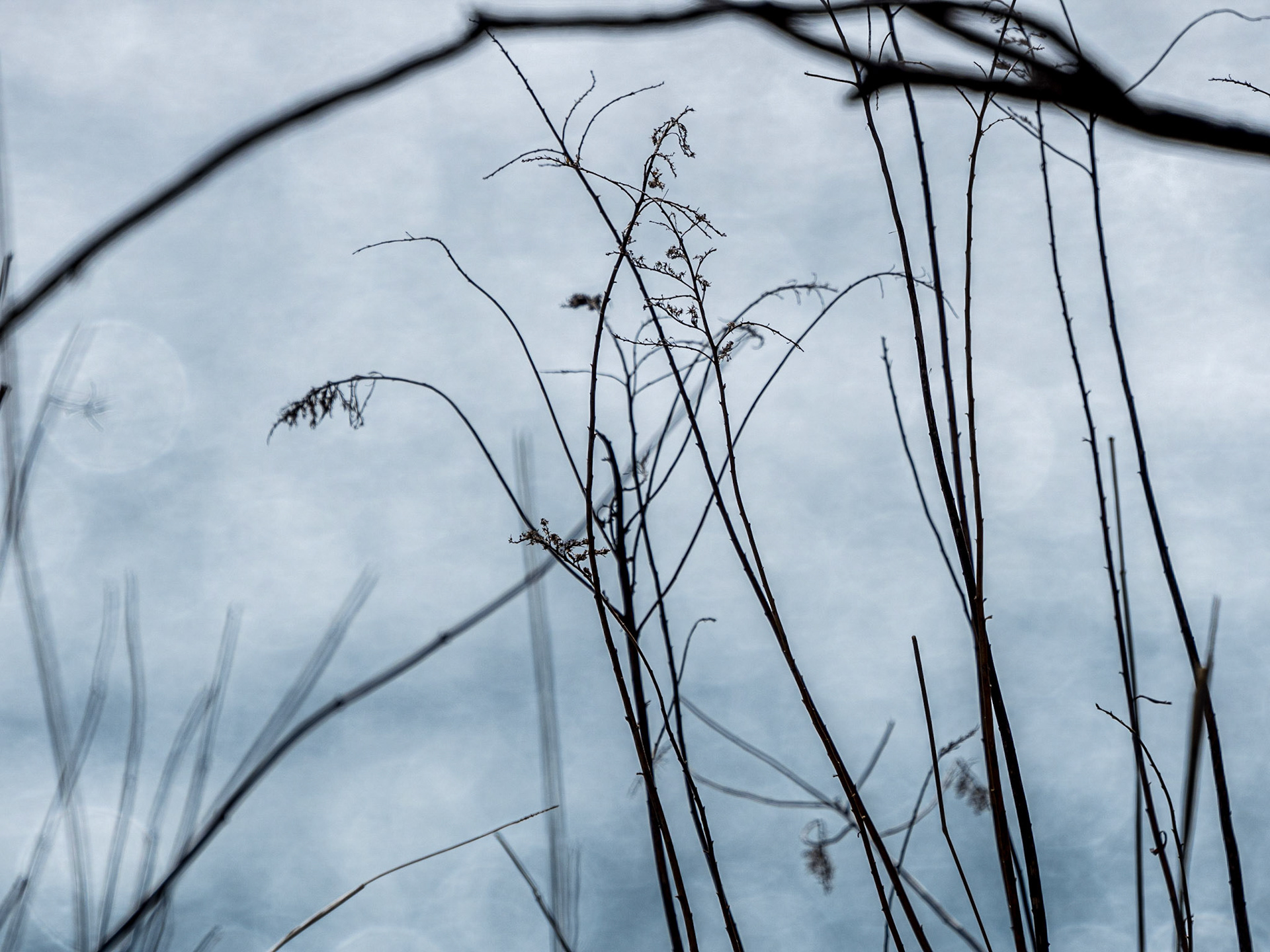
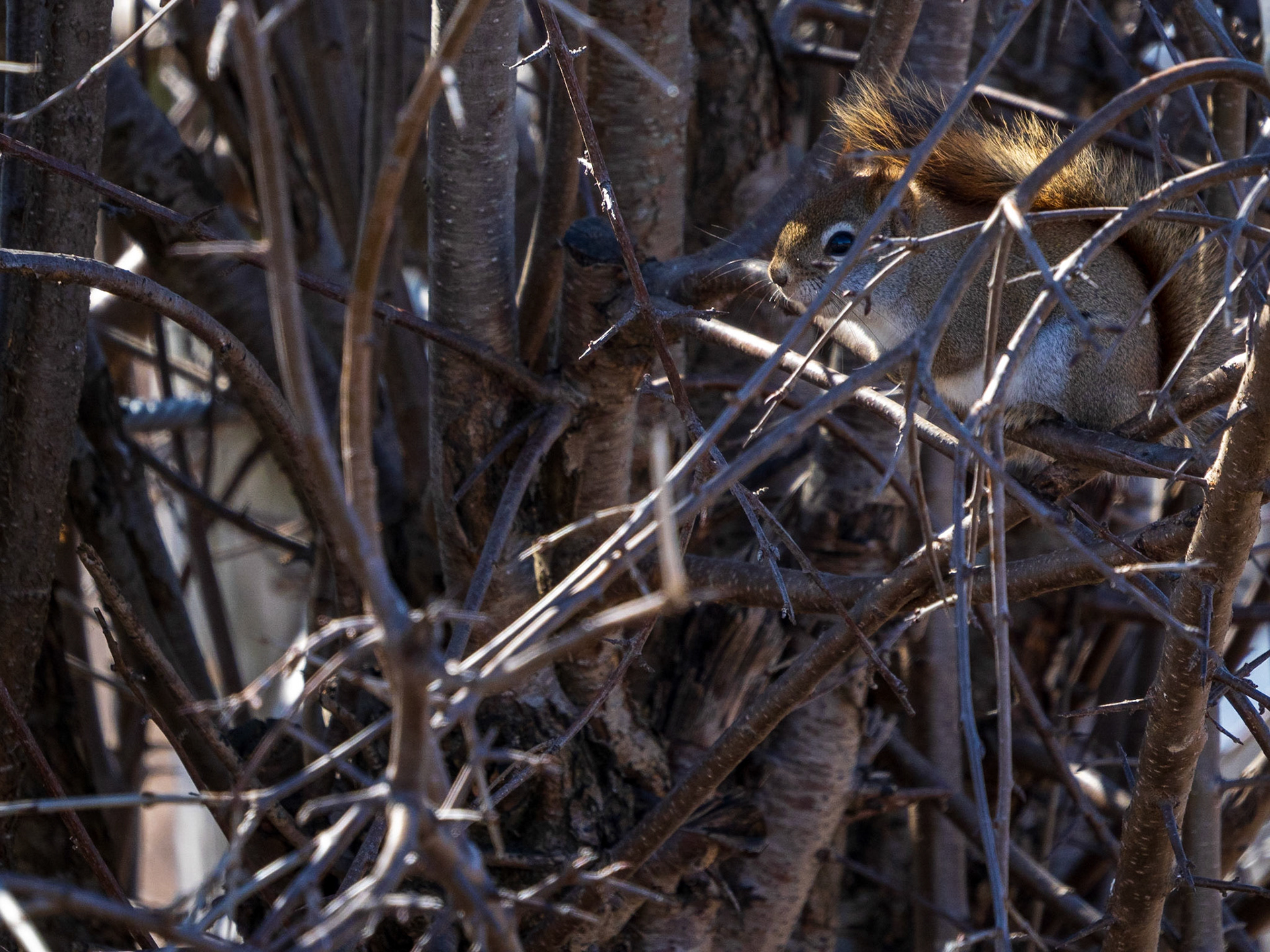

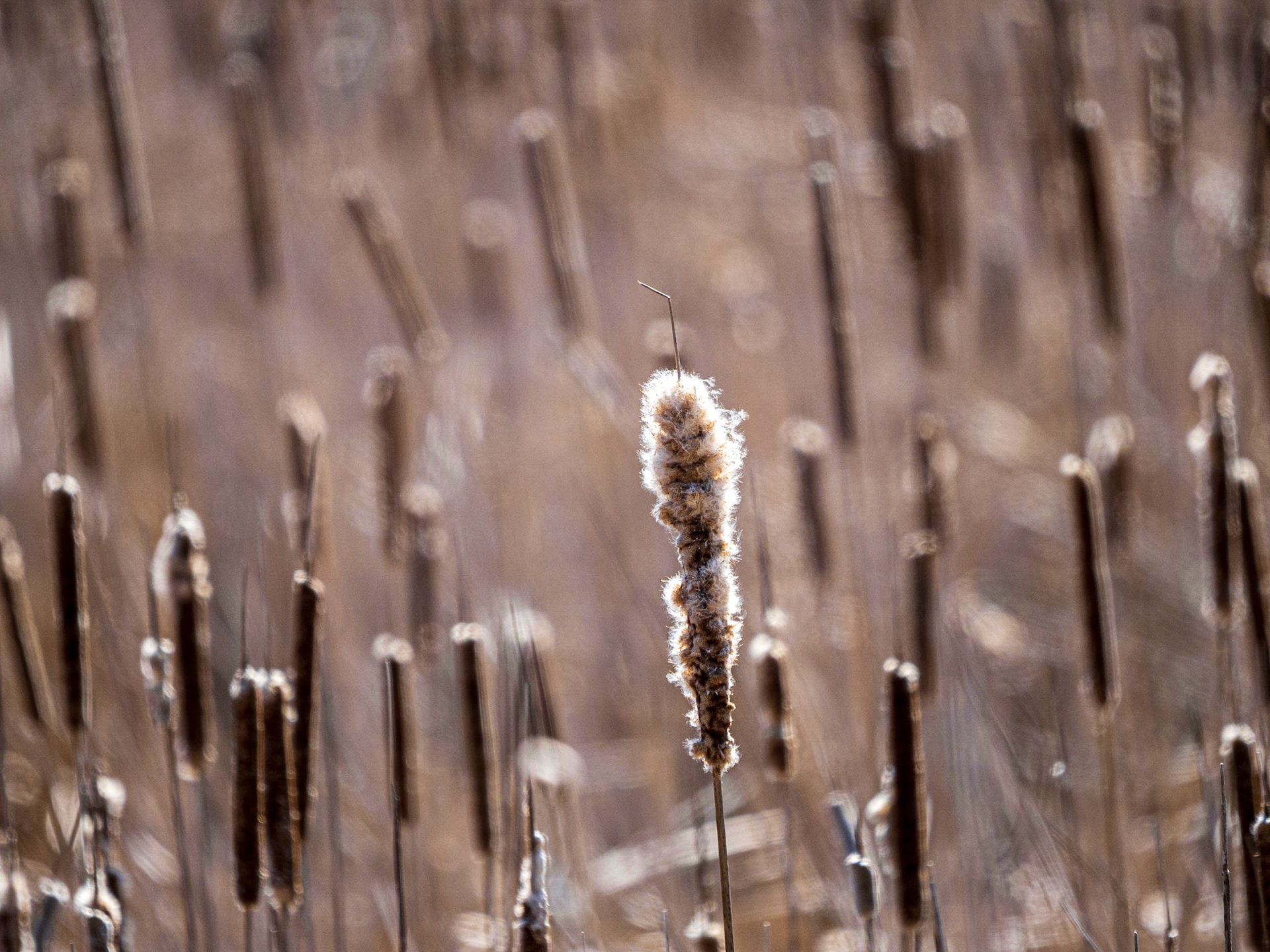


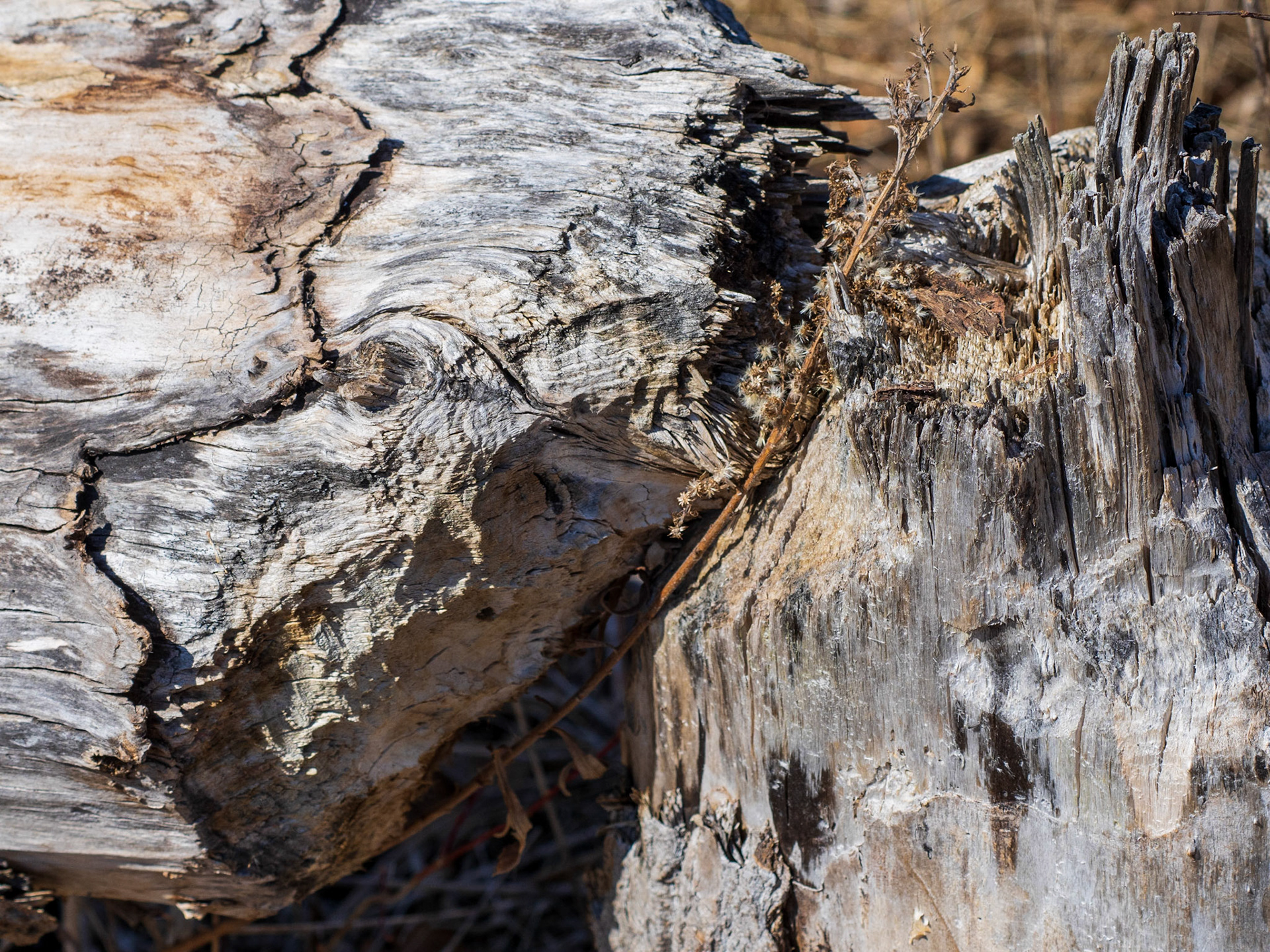

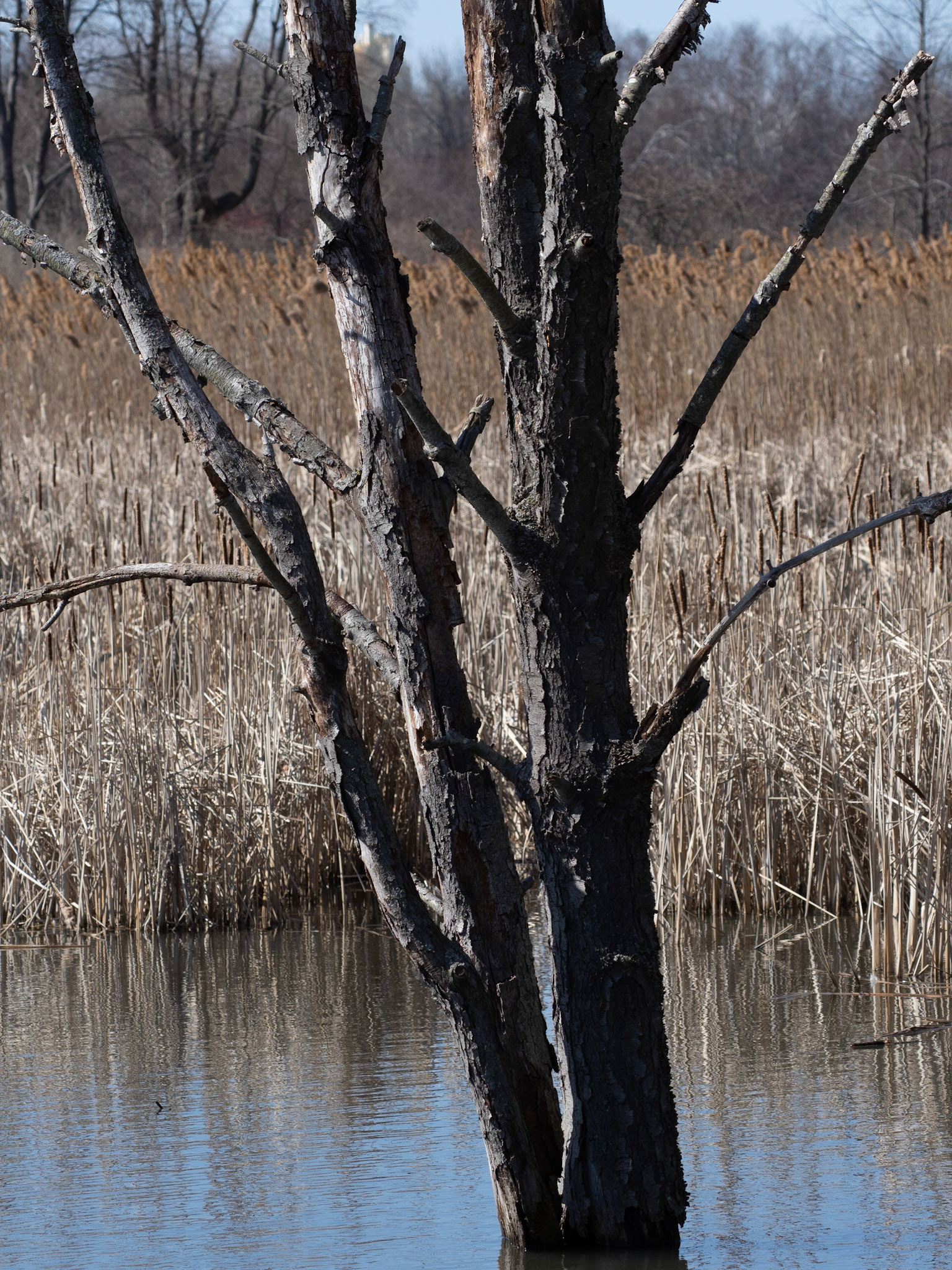
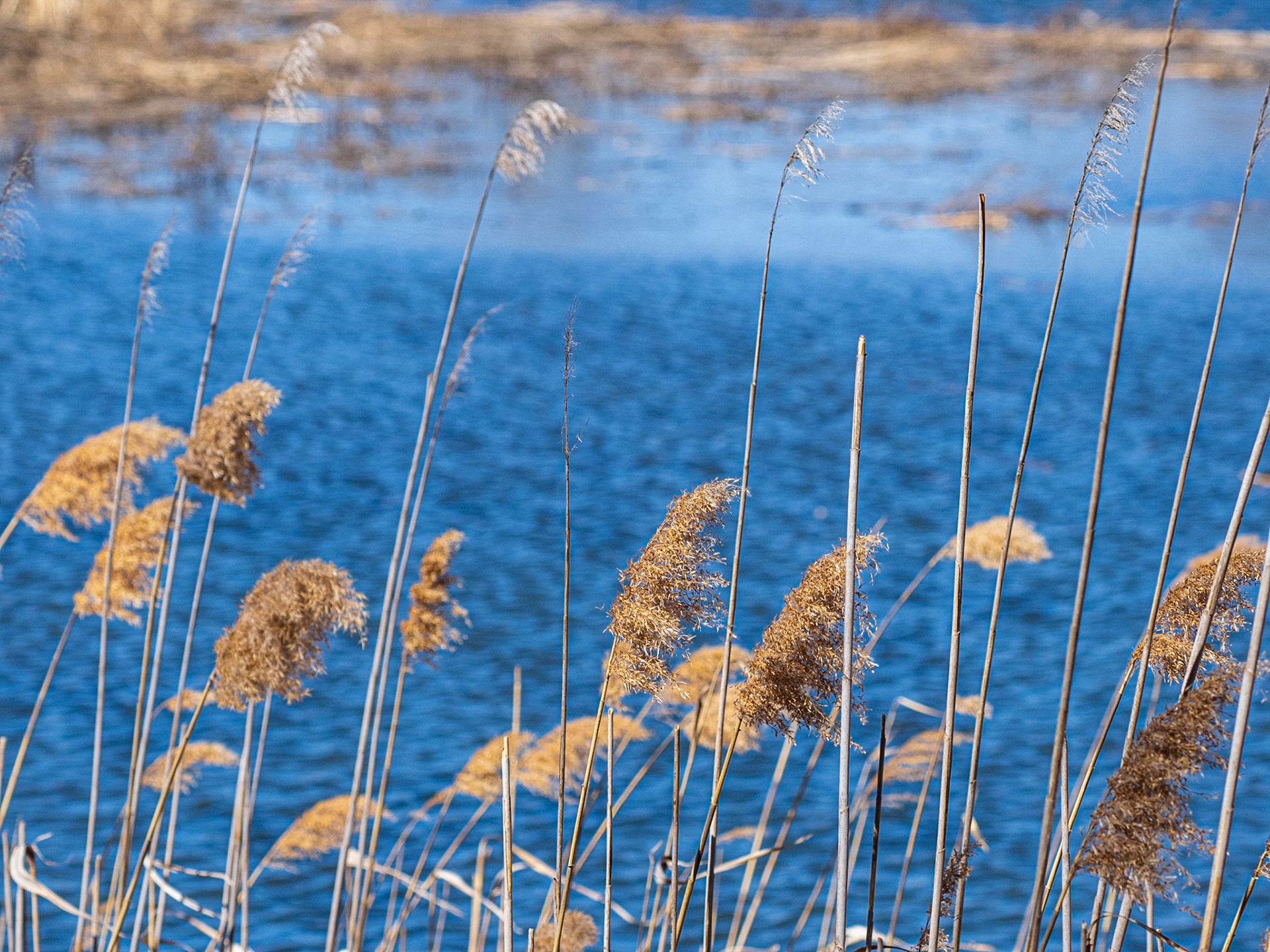
Quick First Impressions
The build quality feels VERY solid; it doesn't look or feel cheaply made, considering it is not a "pro" lens. That said it is NOT a cheap lens to buy, as I mentioned earlier.
I found the lens to be tack-sharp at 100mm. Even at 400mm (cuz, let's face it, THAT'S why anyone buys this lens), I found the sharpness acceptable. The challenges at that focal length are getting your focus bang-on and keeping your subject in frame.
Image stabilization (IS) in both the lens and body was a HUGE help in reducing my magnified jitters, making it much easier to compose. While the two forms of stabilization don’t work together like the OM Sync-IS, you’re still gaining anywhere from 3 - 4 stops of image stabilization. This is an area I need to test more in lower lighting conditions to see how things hold up for me.
The Walk
I had several recommendations on where to go to photograph birds, and I intend on hitting each of those spots, but for my initial foray, I decided to revisit a place I am familiar with - East Point Park. There's something to be said for returning to known places; it challenges your creative eye to find new, unique compositions, while also giving you a comfort level. As I had the new lens to work with, I thought being in a place I knew would allow me to focus more on what new things I could see. There is a growing wetland there - thanks to a very industrious beaver, and I hoped to see cardinals, ducks, geese and red winged blackbirds. I KNEW I would see chickadees, no hope necessary.
Note: I'm shooting with the EM5 Mark III and despite the size/weight differences, I thought the balance was pretty good, all things considered. It will take me awhile to get used to cradling that lens while I shoot. For the most part, I kept the ISO at 200.
I started with the wetland and was excited to see ducks on the water. As I approached though, they disappeared amongst the reeds. I fell victim to my own bad habit - trying to get too close. Ironically, I didn’t need to with the new lens.
After the ducks - er - ducked out, I spent a bit of time shooting landscapes and close ups of the area, getting a bit more comfortable with the lens. That was time well spent. I was very impressed with the sharpness and detail that was rendered in shots like the bullrushes and the dead tree bark
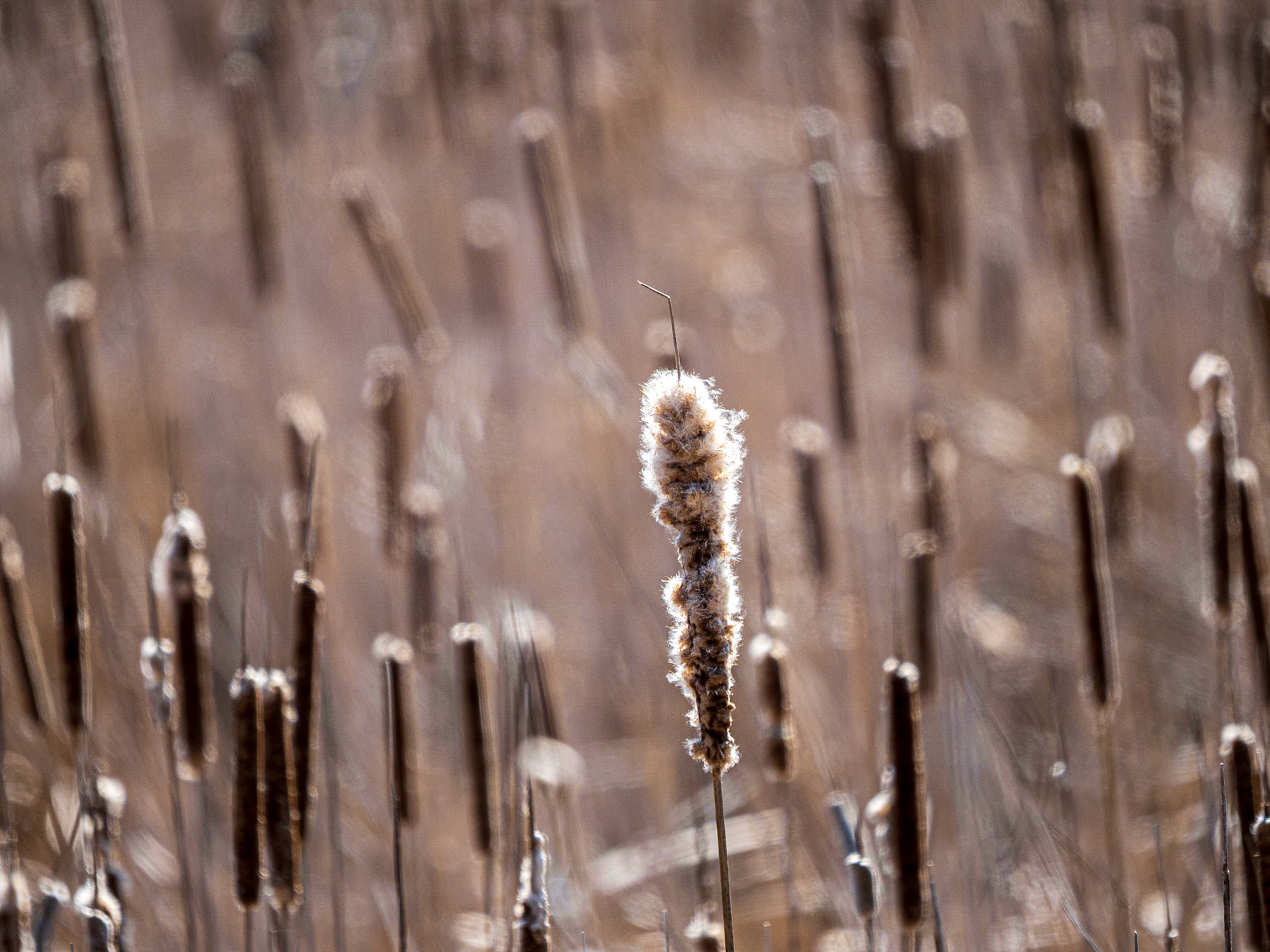
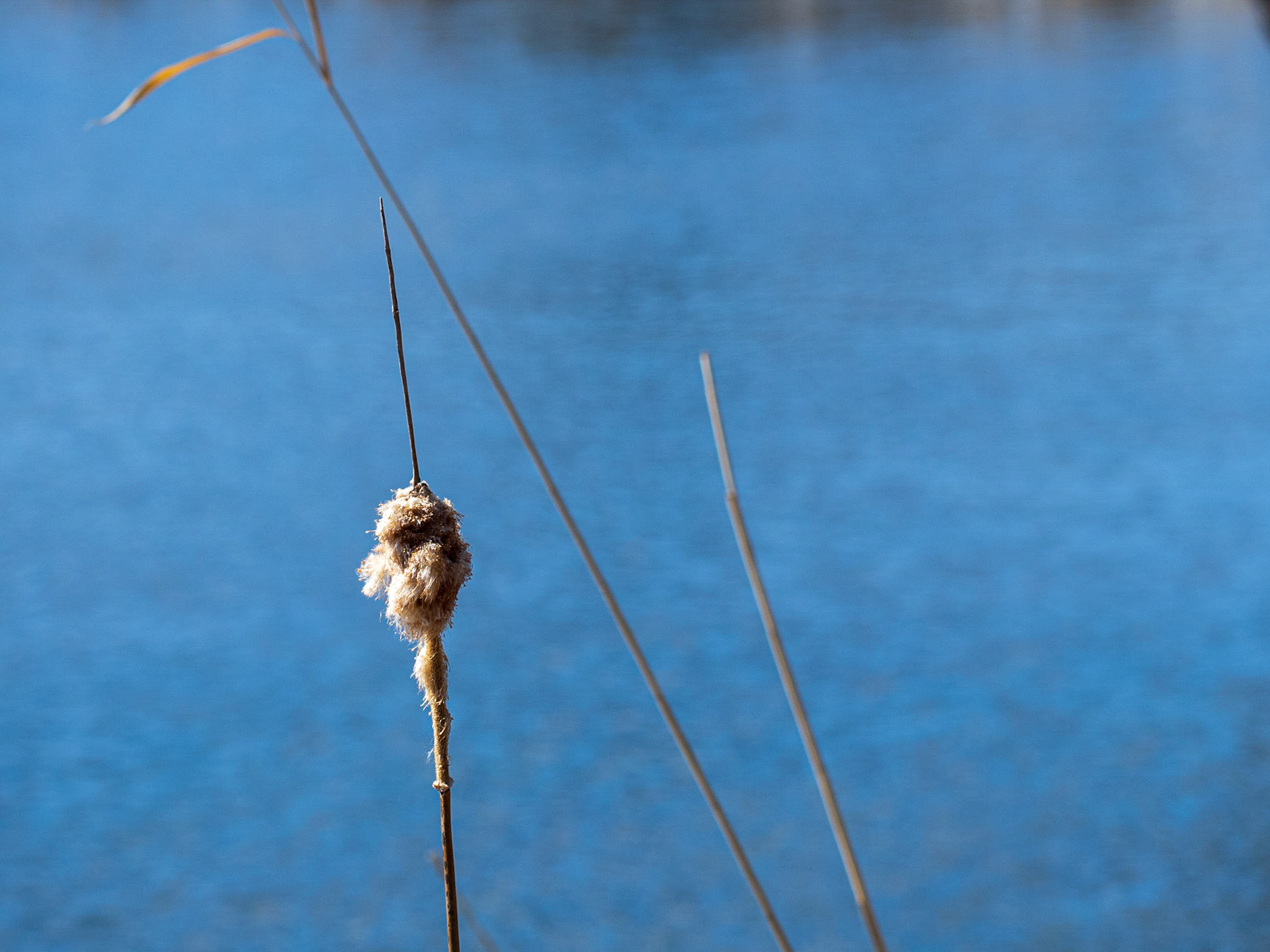
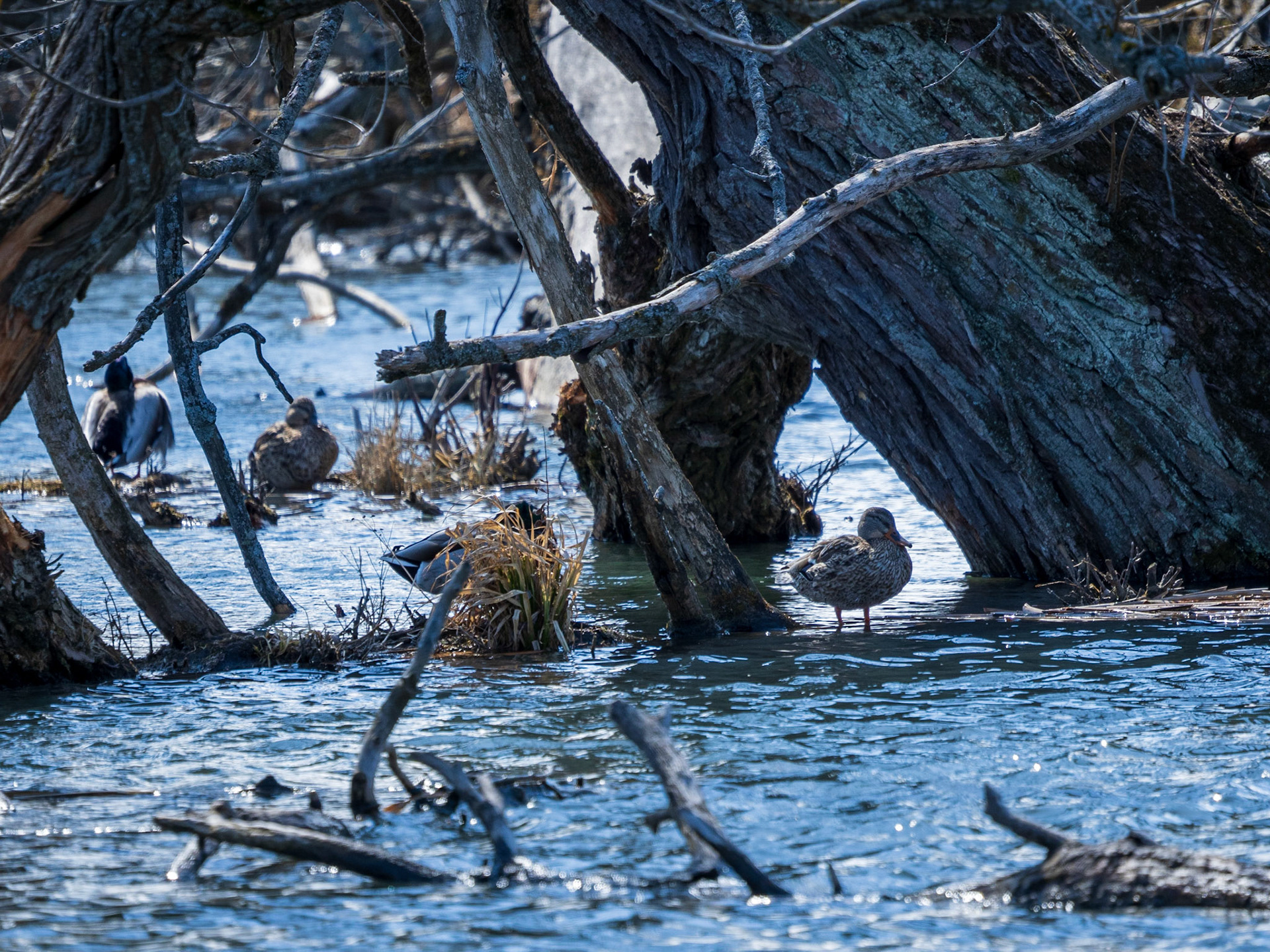
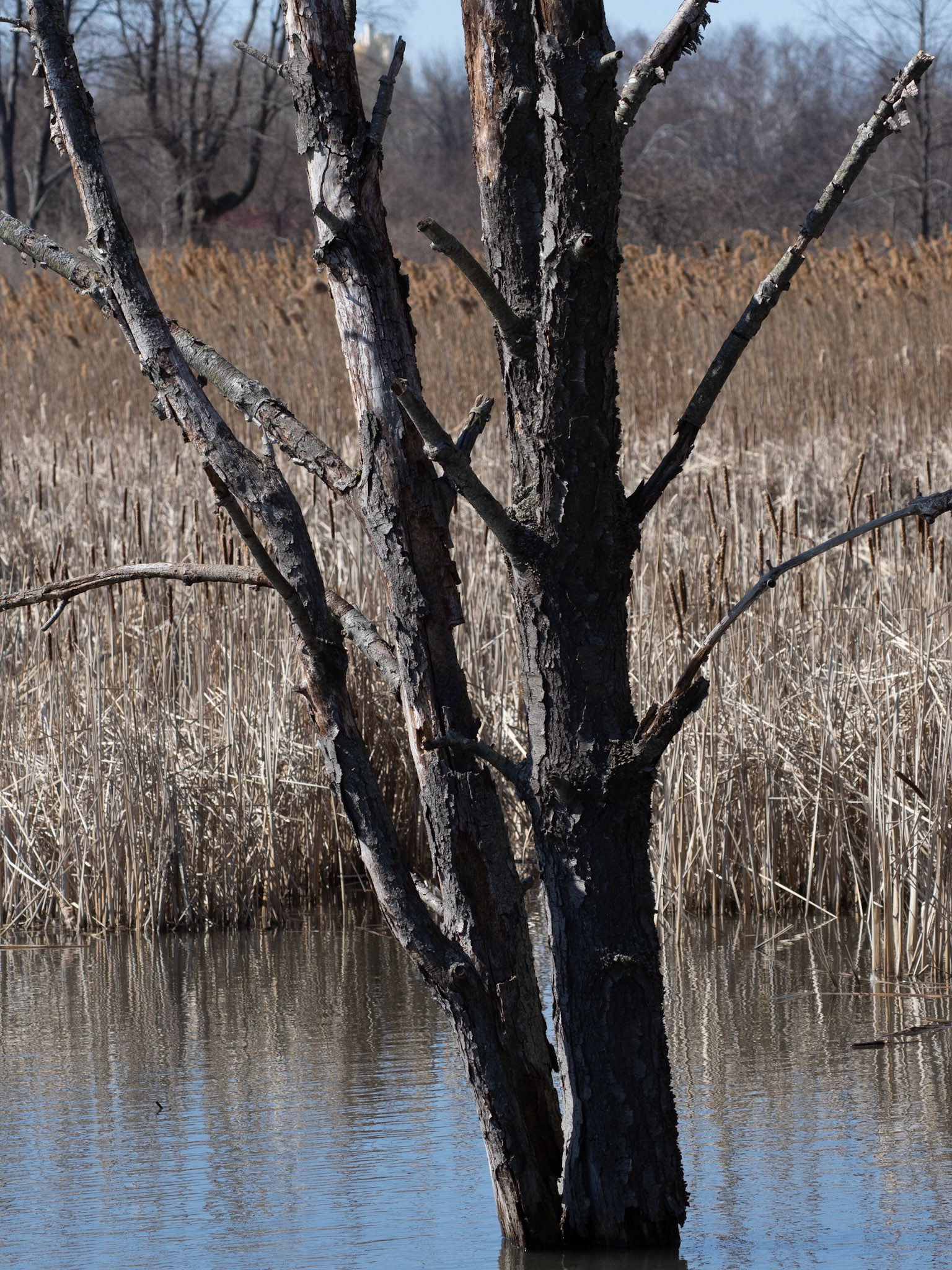


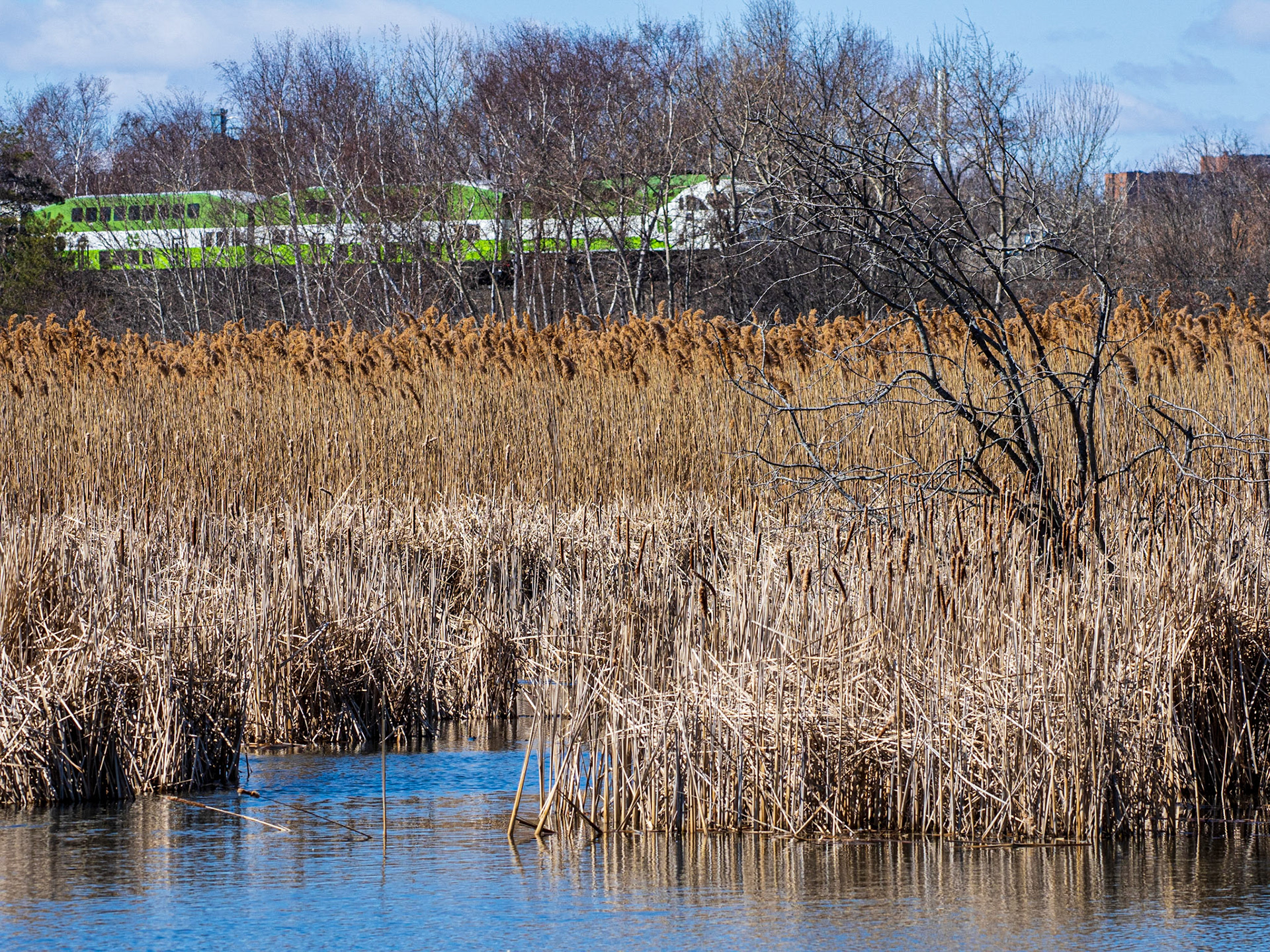
I headed to the main cliffside trail, knowing I would see chickadees and hoping for other birds. The chickadees gave me plenty of photo opportunities but - wow - those little guys are FAST! I managed to get some keepers but there are far more that no one will see.
In hindsight, I need to activate the Pro Capture mode when shooting perching birds. Pro Capture is a nifty feature in my Olympus camera that starts buffering images when you half press the shutter release and when you fully press the release a predetermined (by you) number of images are captured from before the click and even after you release the shutter button!
I've included 4 hits and miss of these little guys.
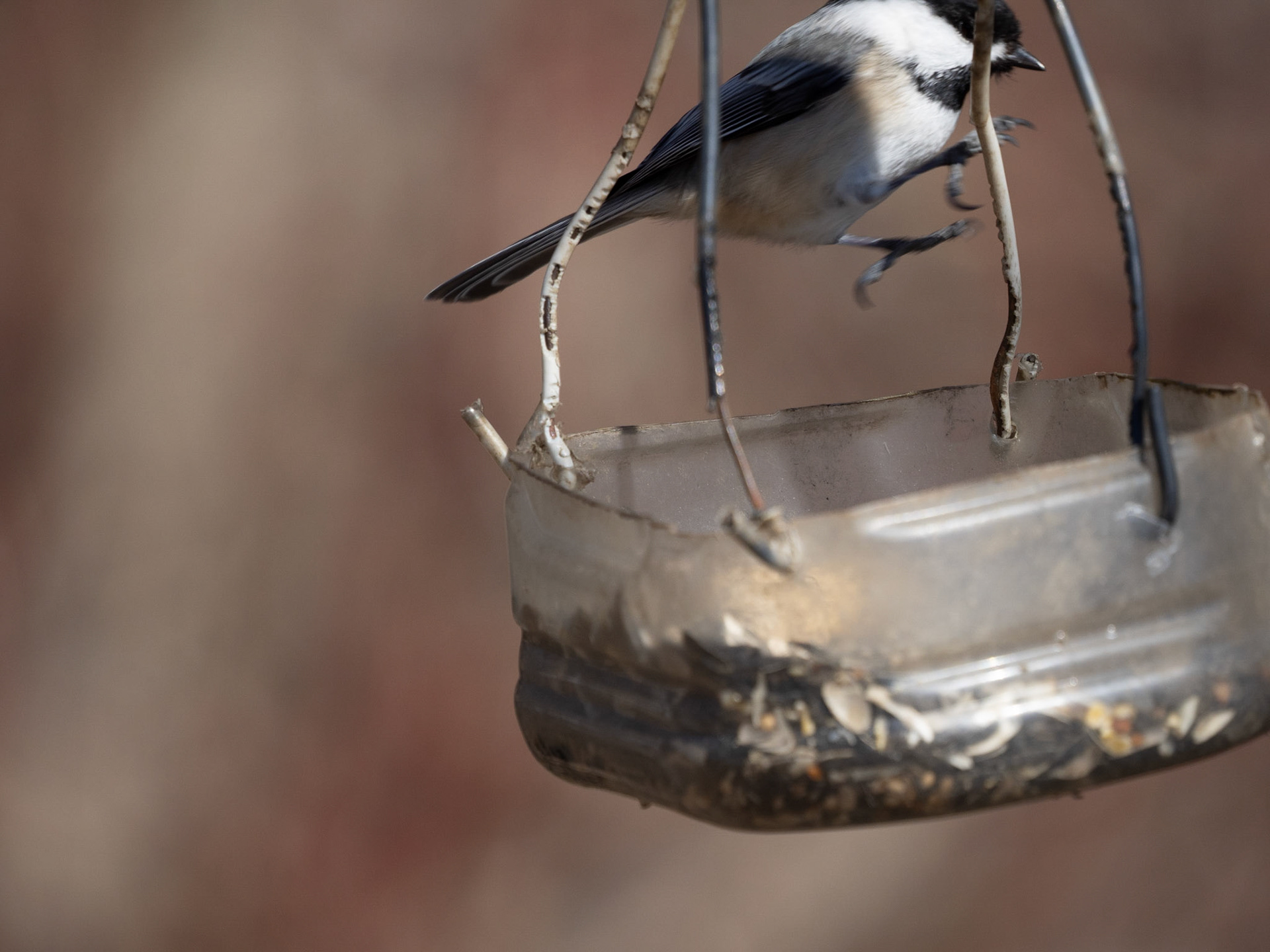
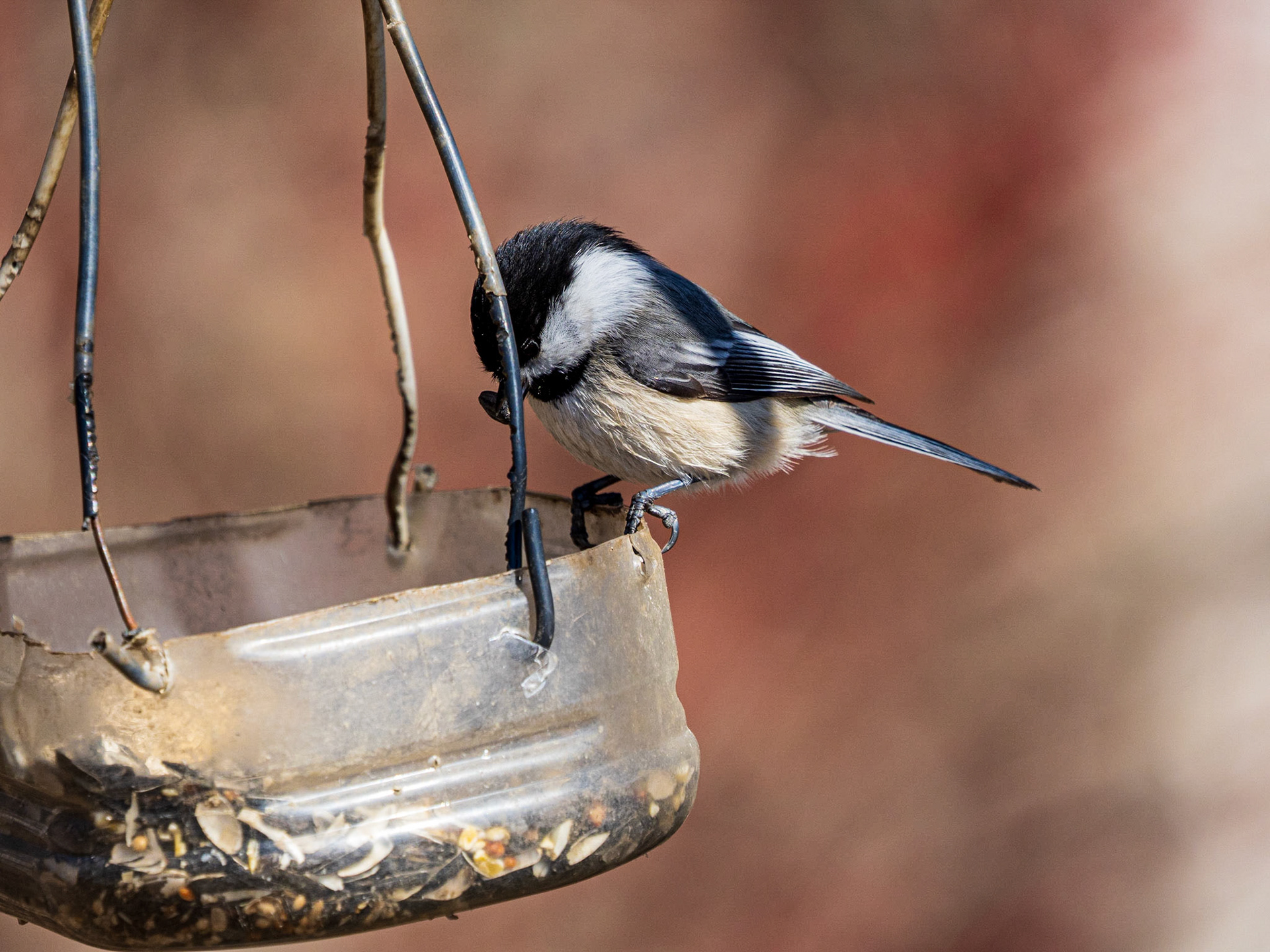

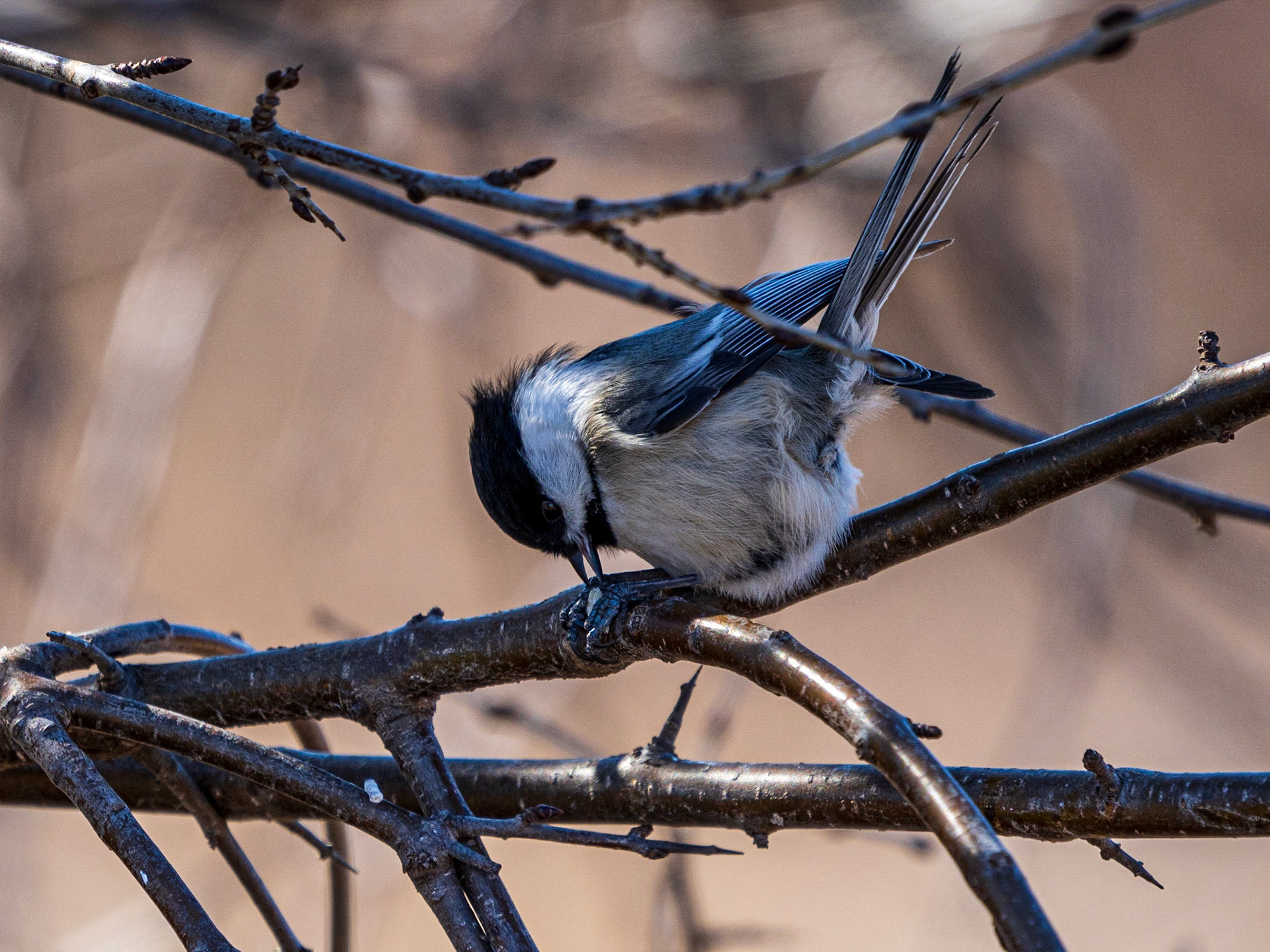

One of the popular trail feeders was empty and as I approached I discovered the reason; a red squirrel was sitting right in the feeder. He scooted from the feeder as I approached, but I was still able to get a passable shot of him hiding in the tree. This is one of the few shots exposed at ISO 400.
I walked by the feeder and within a few minutes heard the call of a blue jay and a red winged black bird. Both were gone by the time I made my way back, but the chickadees were in full force.
I experimented with shooting extreme distance shots to compare minimum and maximum focal length, but there was so much heat distortion at the long end that I didn’t feel they were usable. It was however, an interesting footnote for comparing angle of view, if nothing else. Two captures that did turn out were of the Nuclear Power Plant (100mm) and the chimney stack from the water treatment plant (400mm). In spite of what I had read in some reviews, I found the bokeh rather pleasing at 400mm.

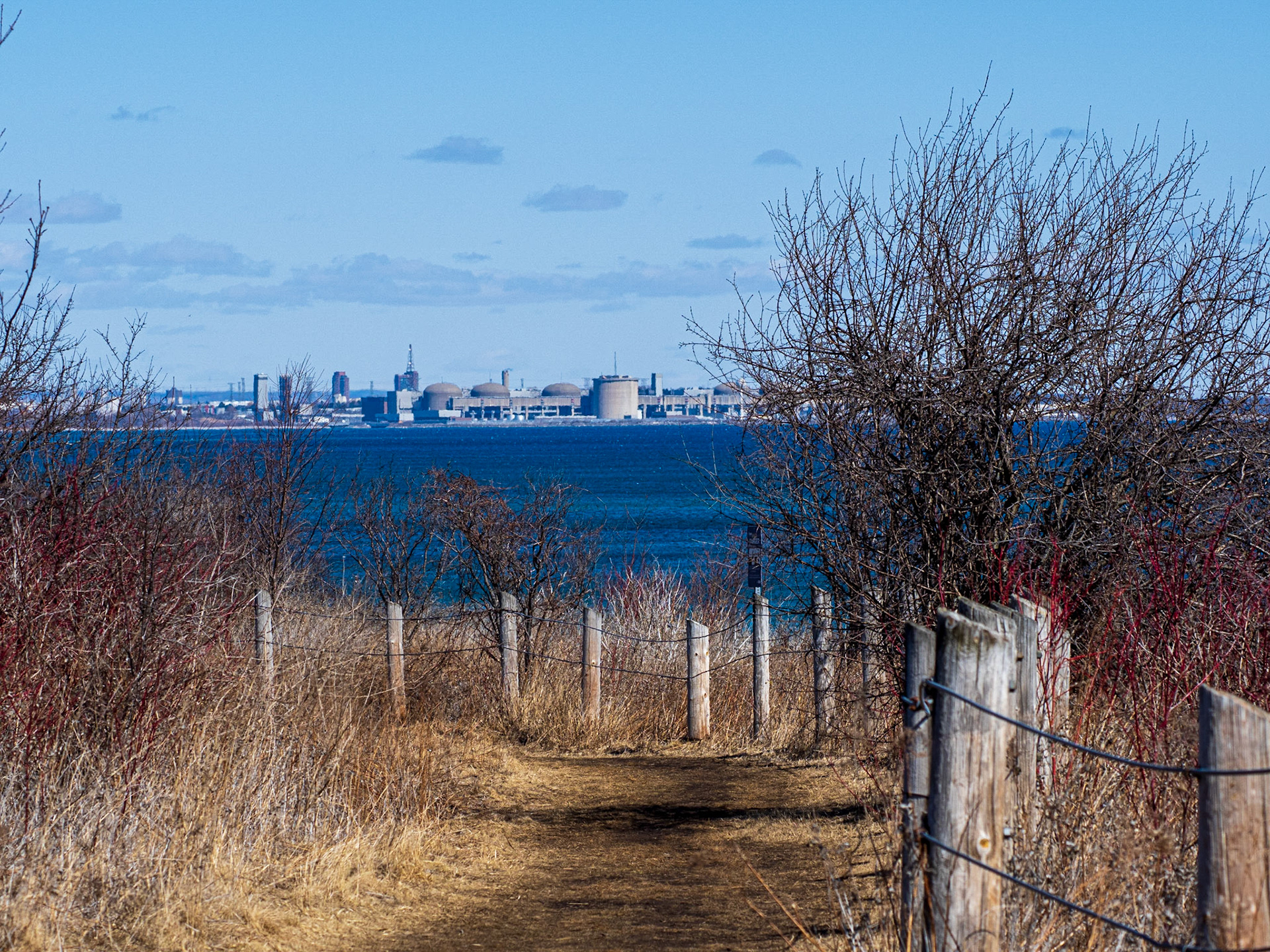
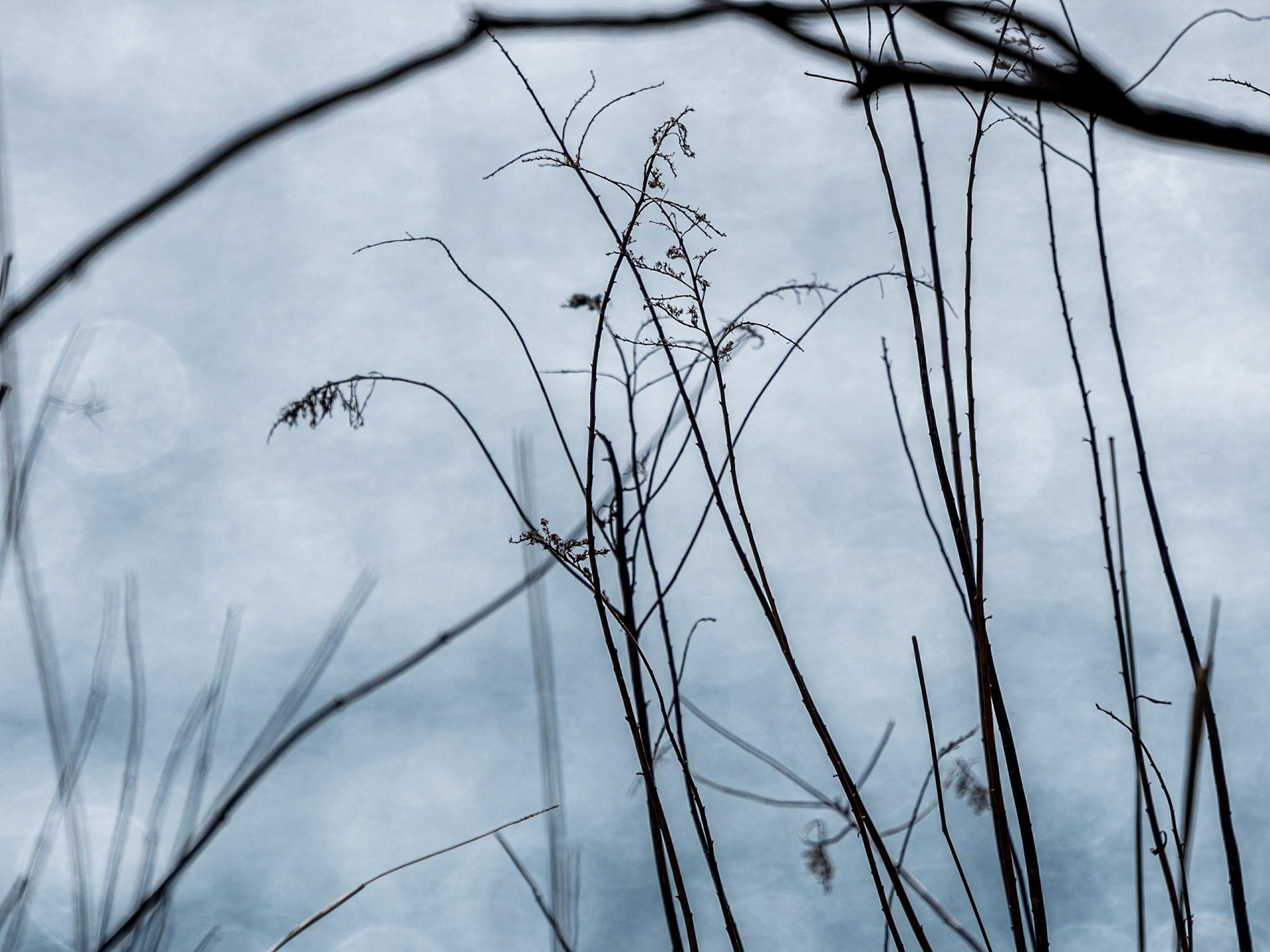
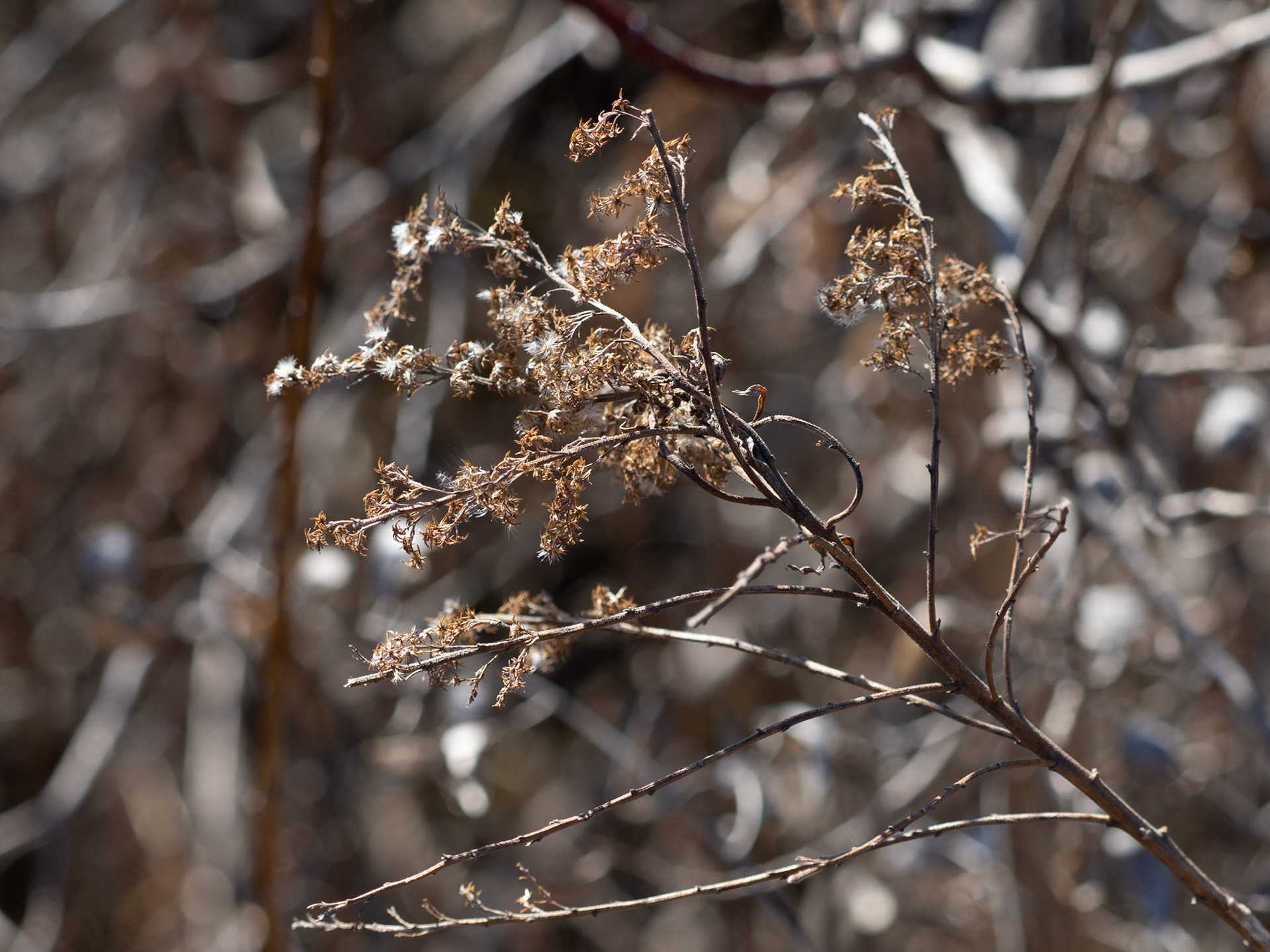

I walk slow on these outings, taking in what’s around me, unwinding. A couple times I just leaned against the cliff barrier and looked out at the lake. Not really thinking anything. Just being there. In the moment.
Heading Back
I could hear Canada Geese in the distance and felt it was a good time to start heading back to the wetland and the car. I didn't realize at that point that I had already been gone for nearly 3 hours. Time flies when the camera is in hand.
As I neared the wetland, I heard the geese again. I figured - what the heck, let’s give it a shot (pardon the pun) I traipsed over to the back end of the pond, where the beaver has been busy building his version of an infinity pool. This beaver also believes in work/life balance; he appears to have TWO lodges on the pond, the newest one is shown below, and I could swear it was NOT there a few weeks ago. It is likely obvious, but several of these images were not captured using the 100-400mm.
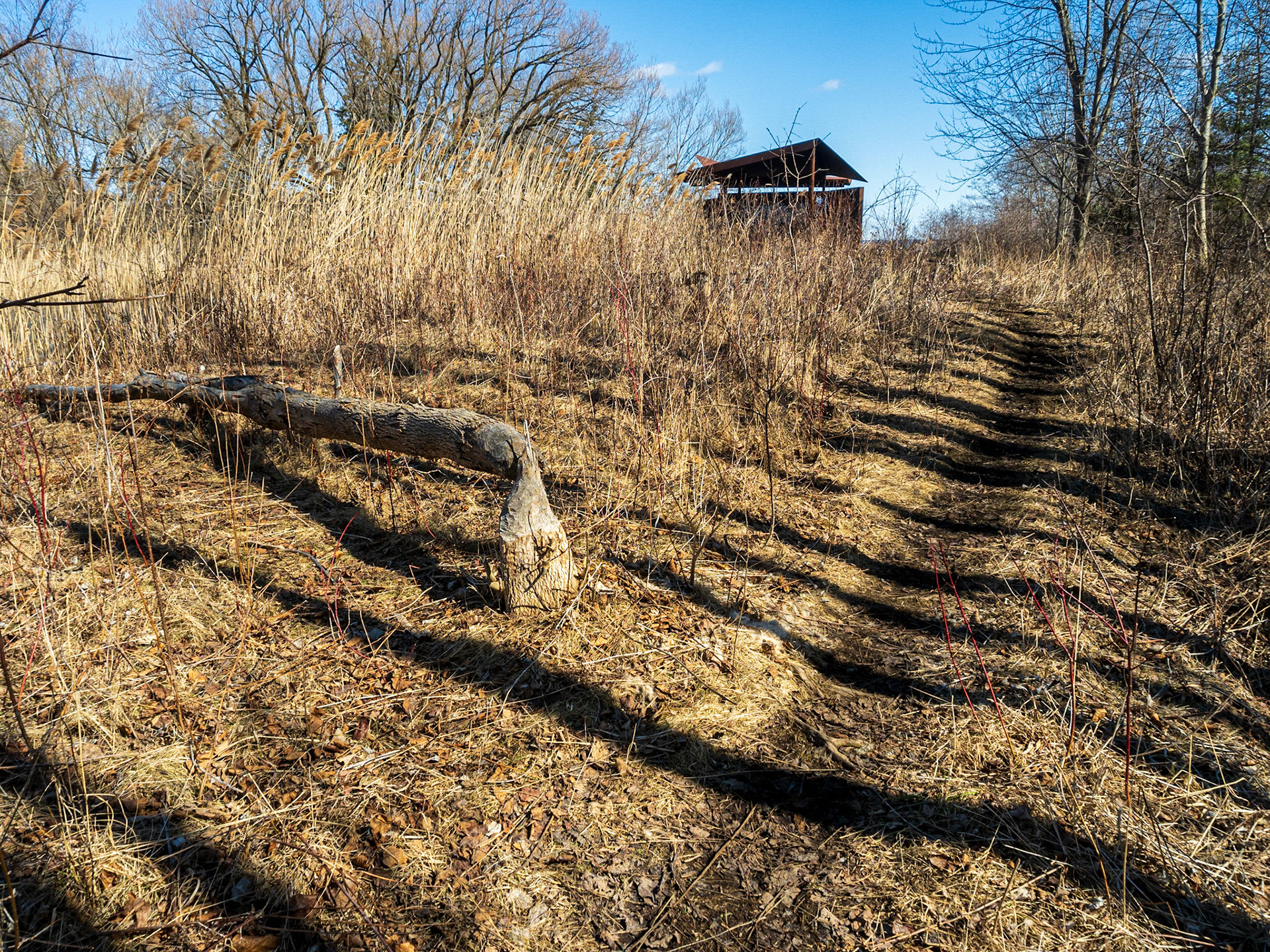
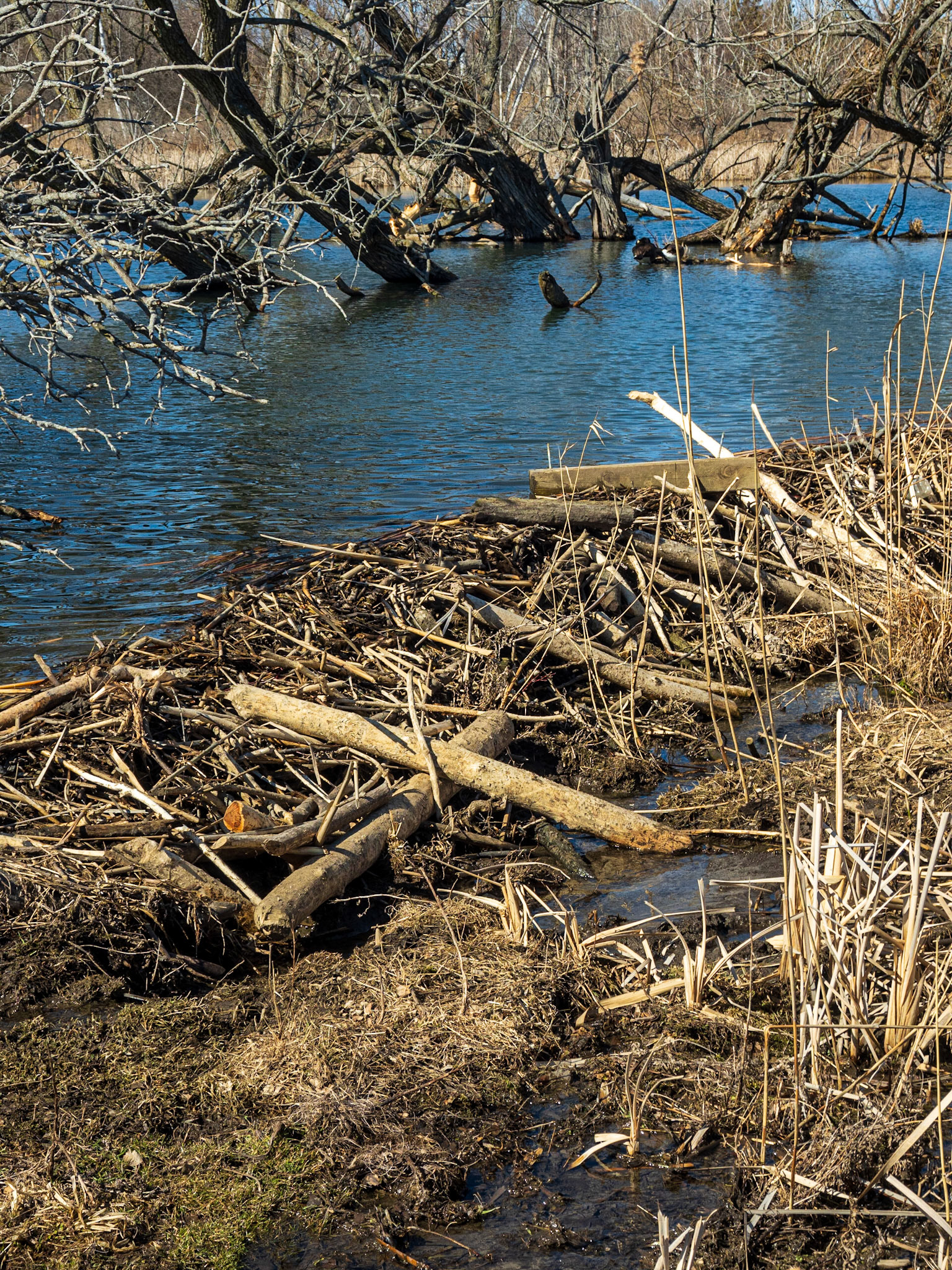

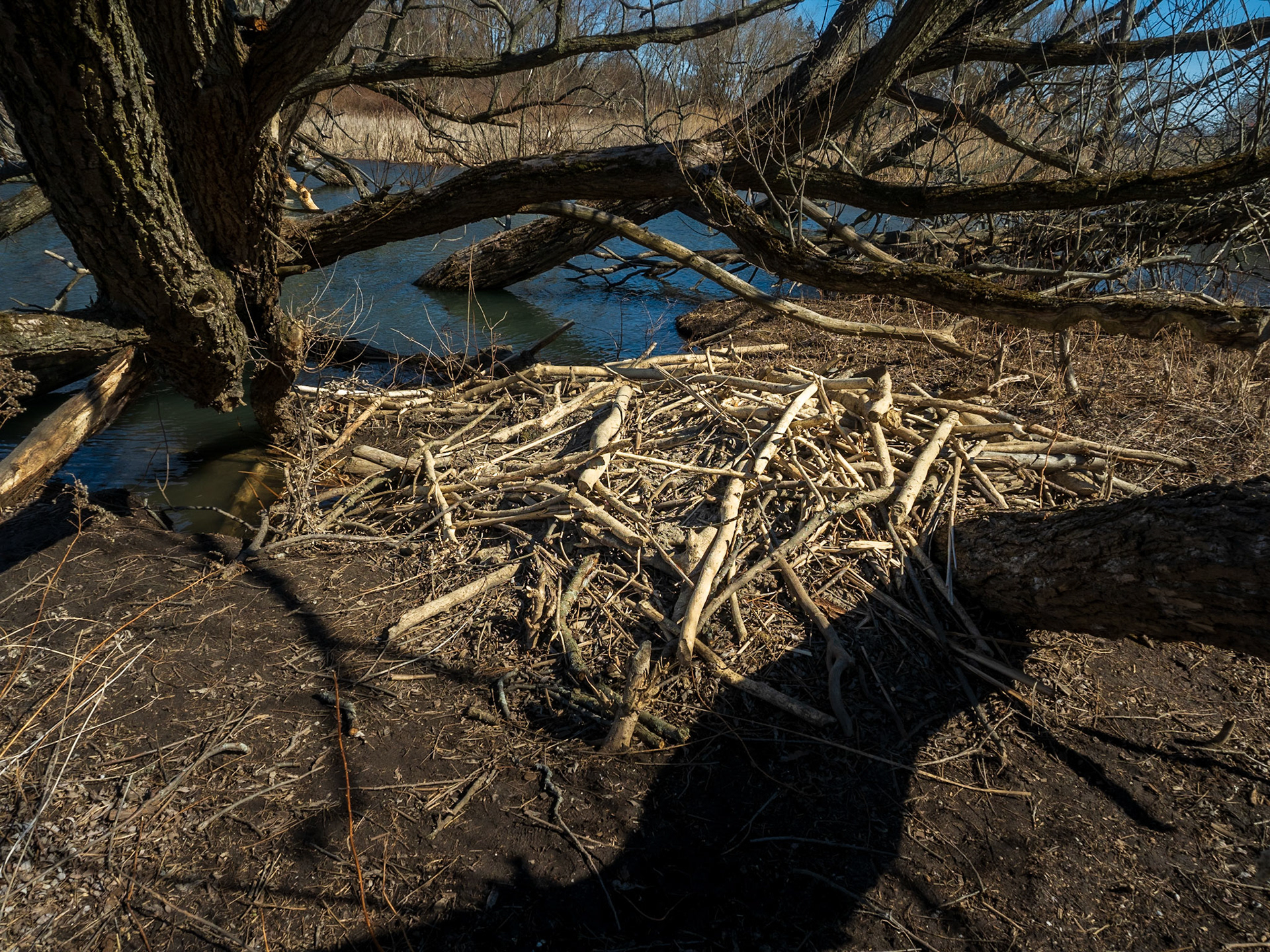
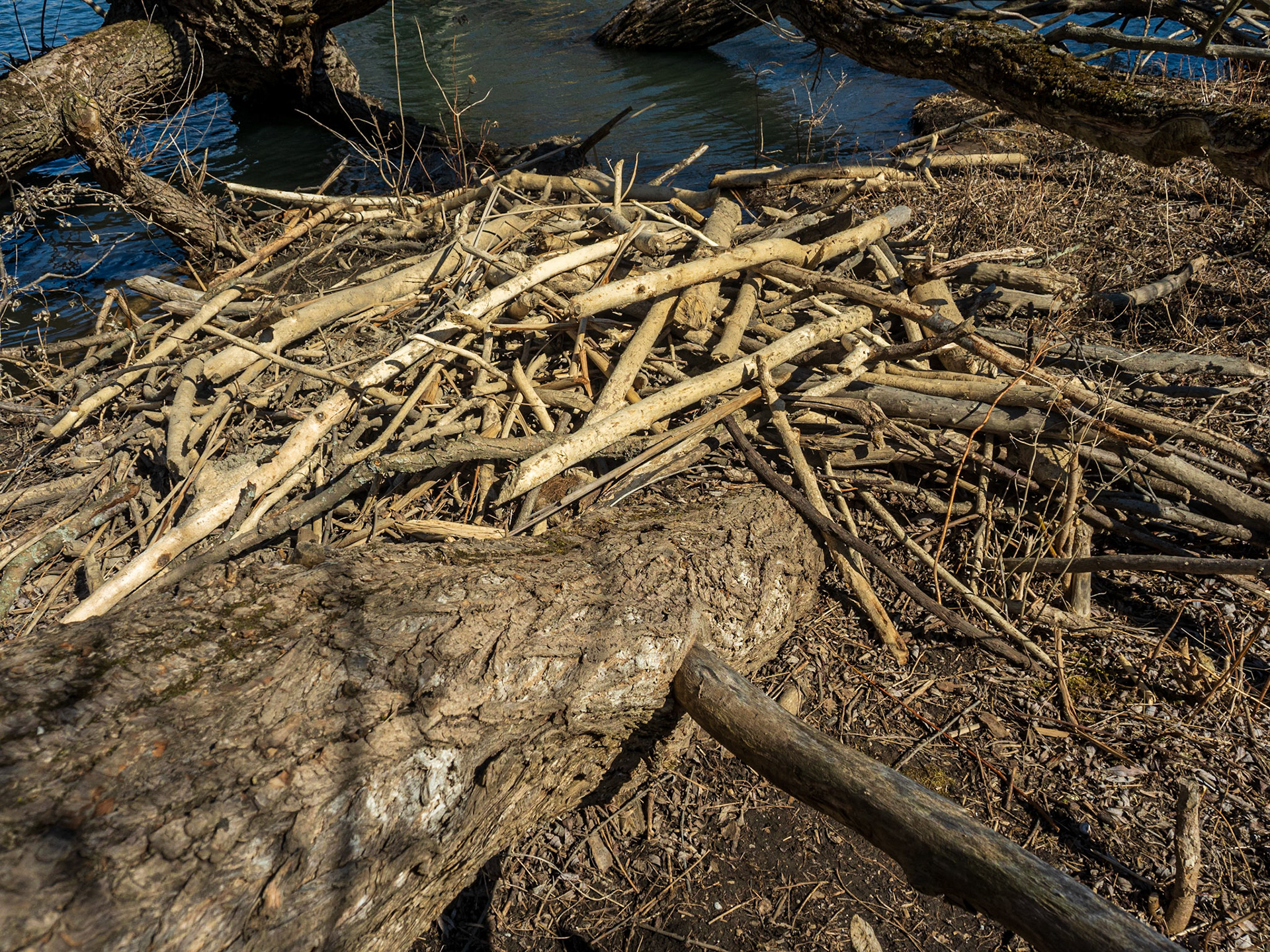

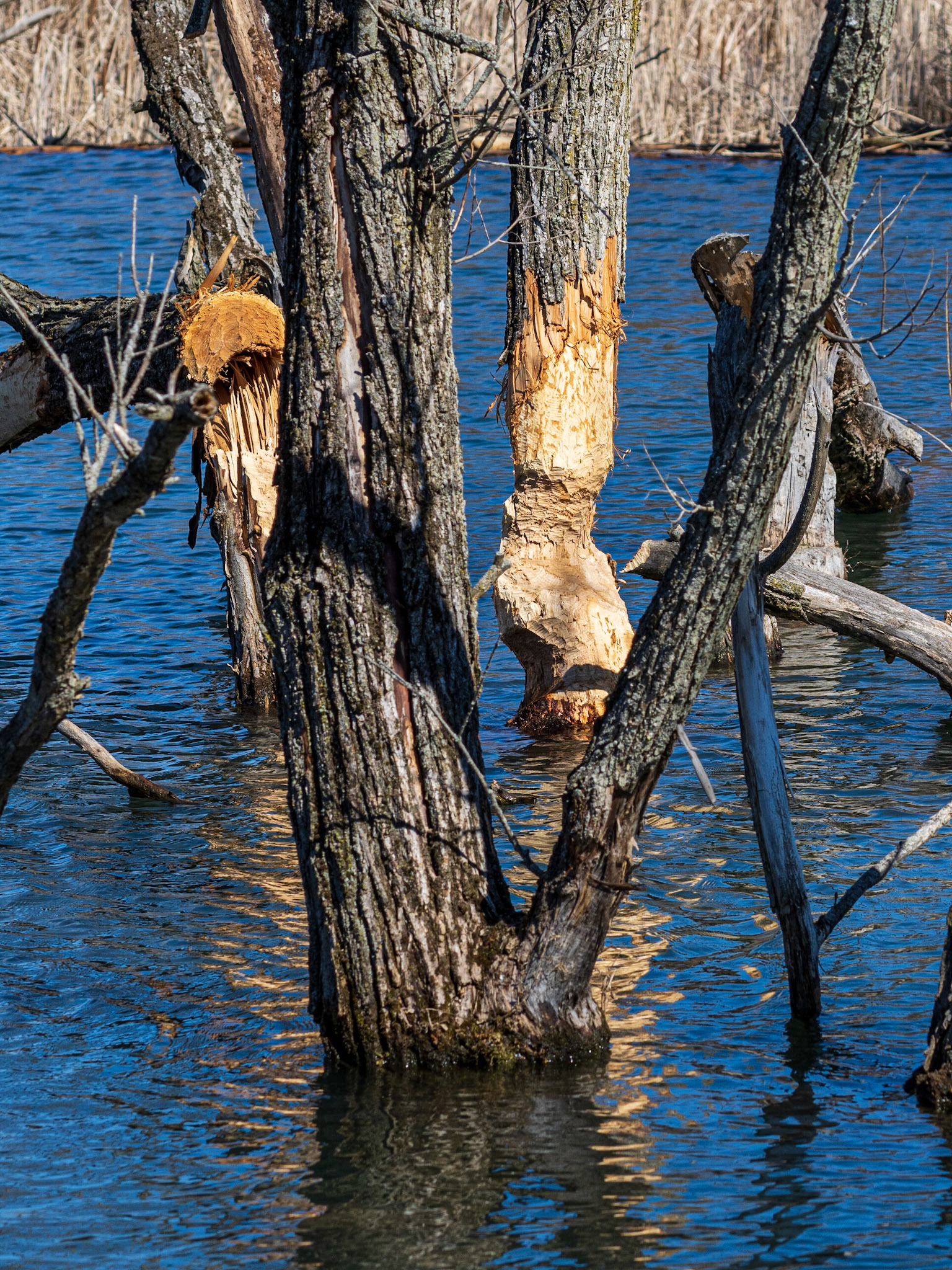
The geese had moved on, but the ducks were back! I tried making some artful captures through the dried reeds and while I was doing that, two Canada Geese paddled back onto the scene. I got what I - as a novice bird photographer - felt were some great shots, shooting almost entirely at 400mm. The second image is a full-frame capture of the goose, and images 3 and 4 are cropped about 30%. I must have spent close to an hour here, shooting the birds and the beaver lodge. But it felt like minutes.

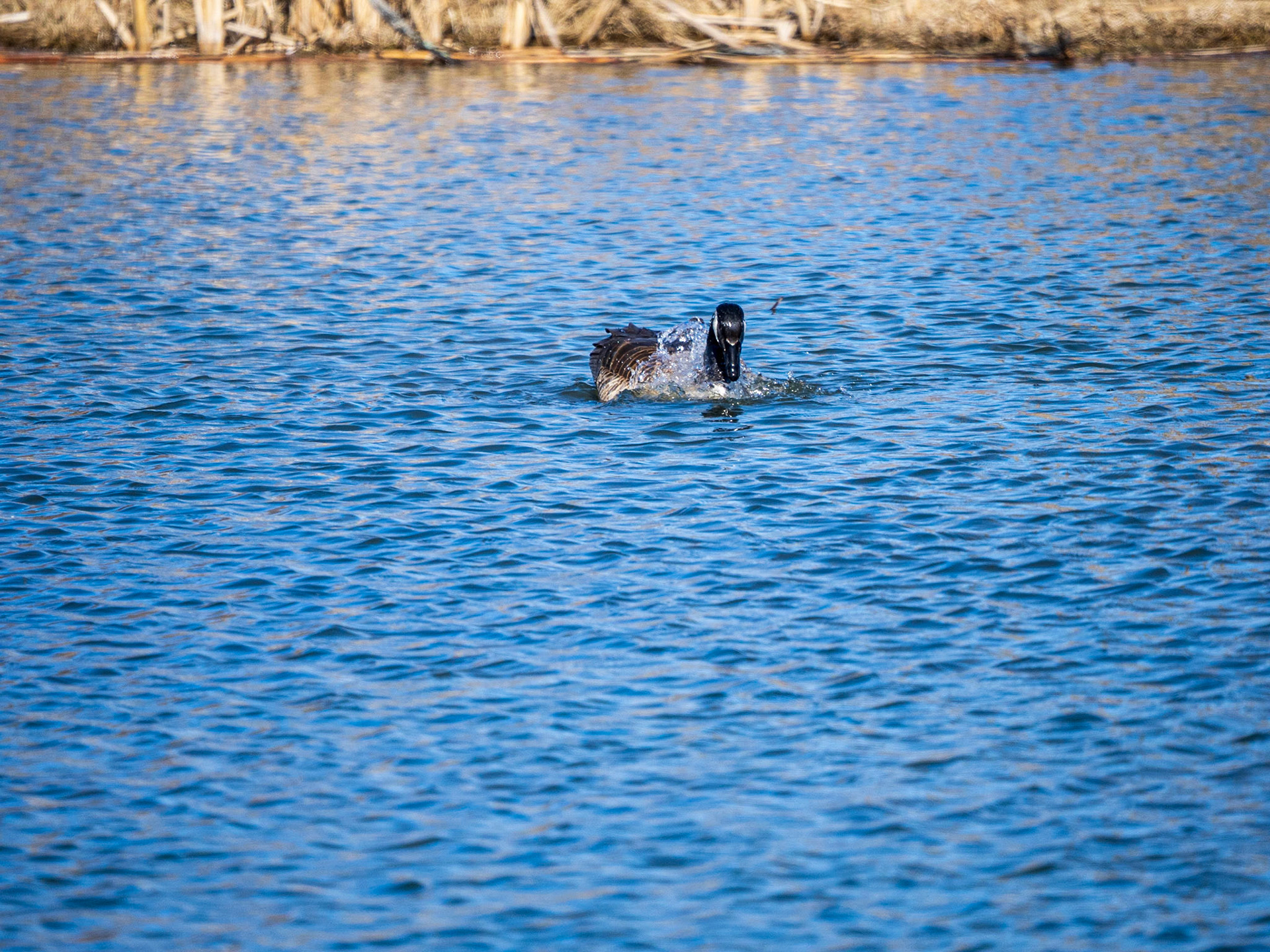
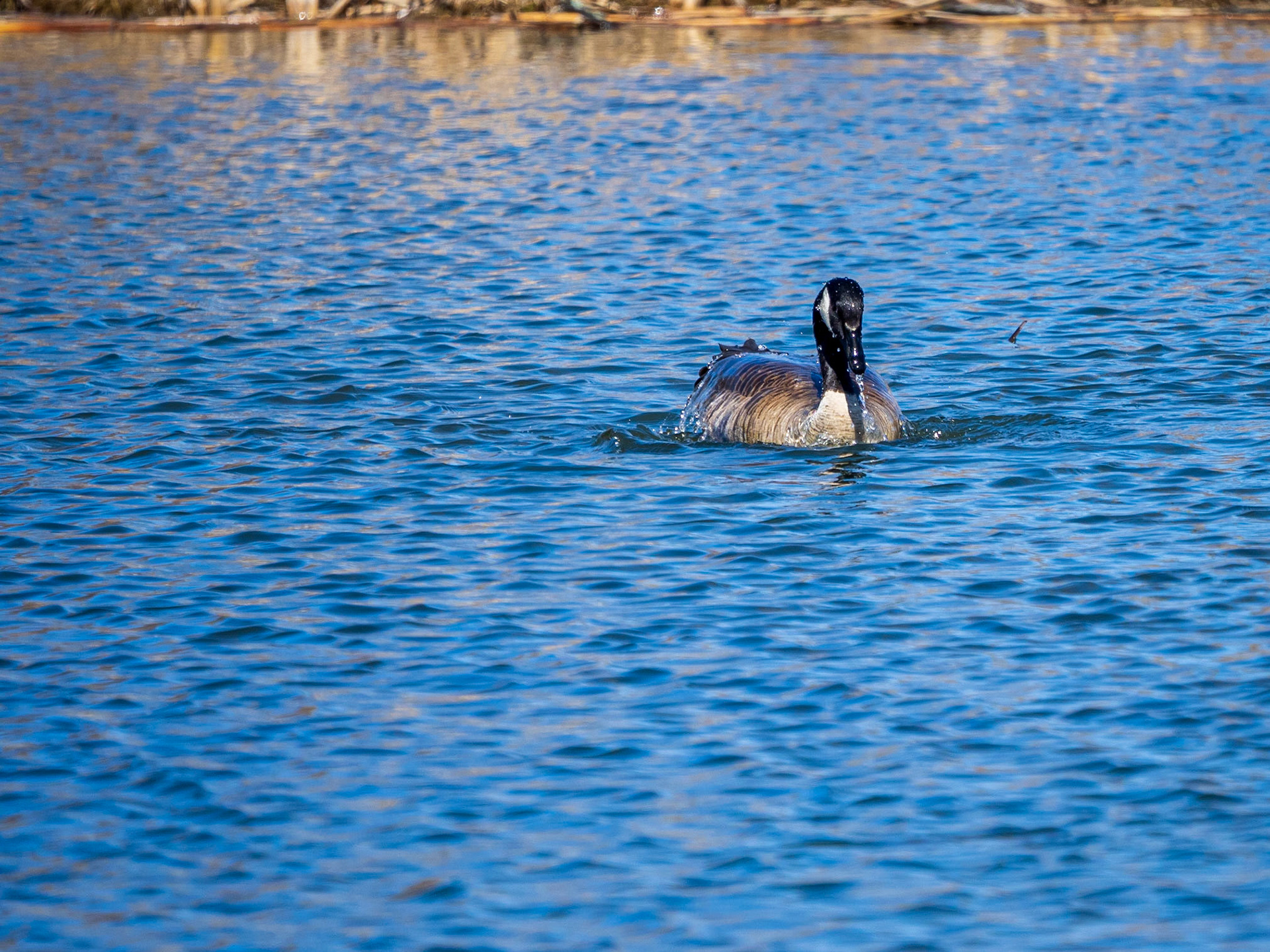
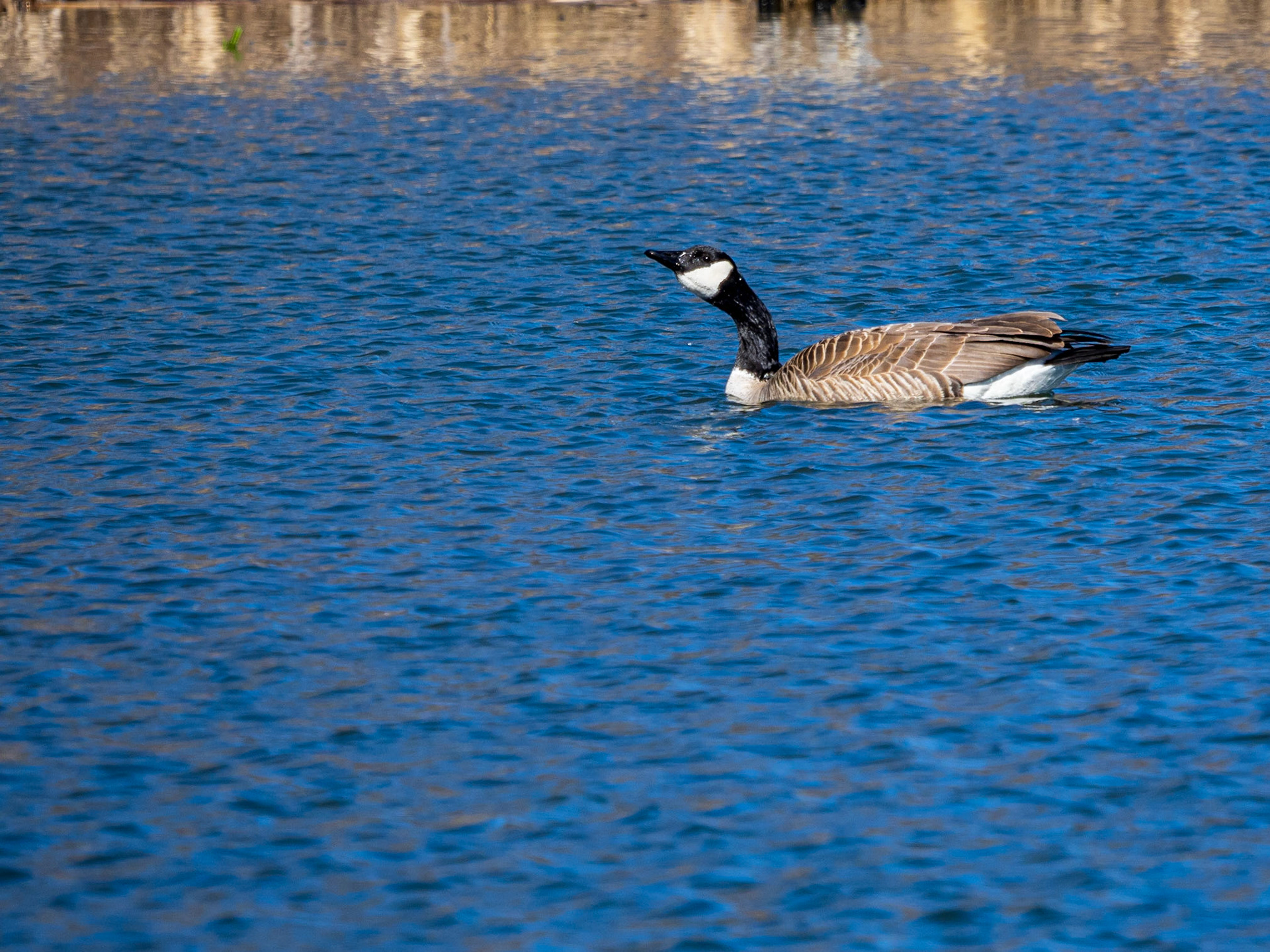

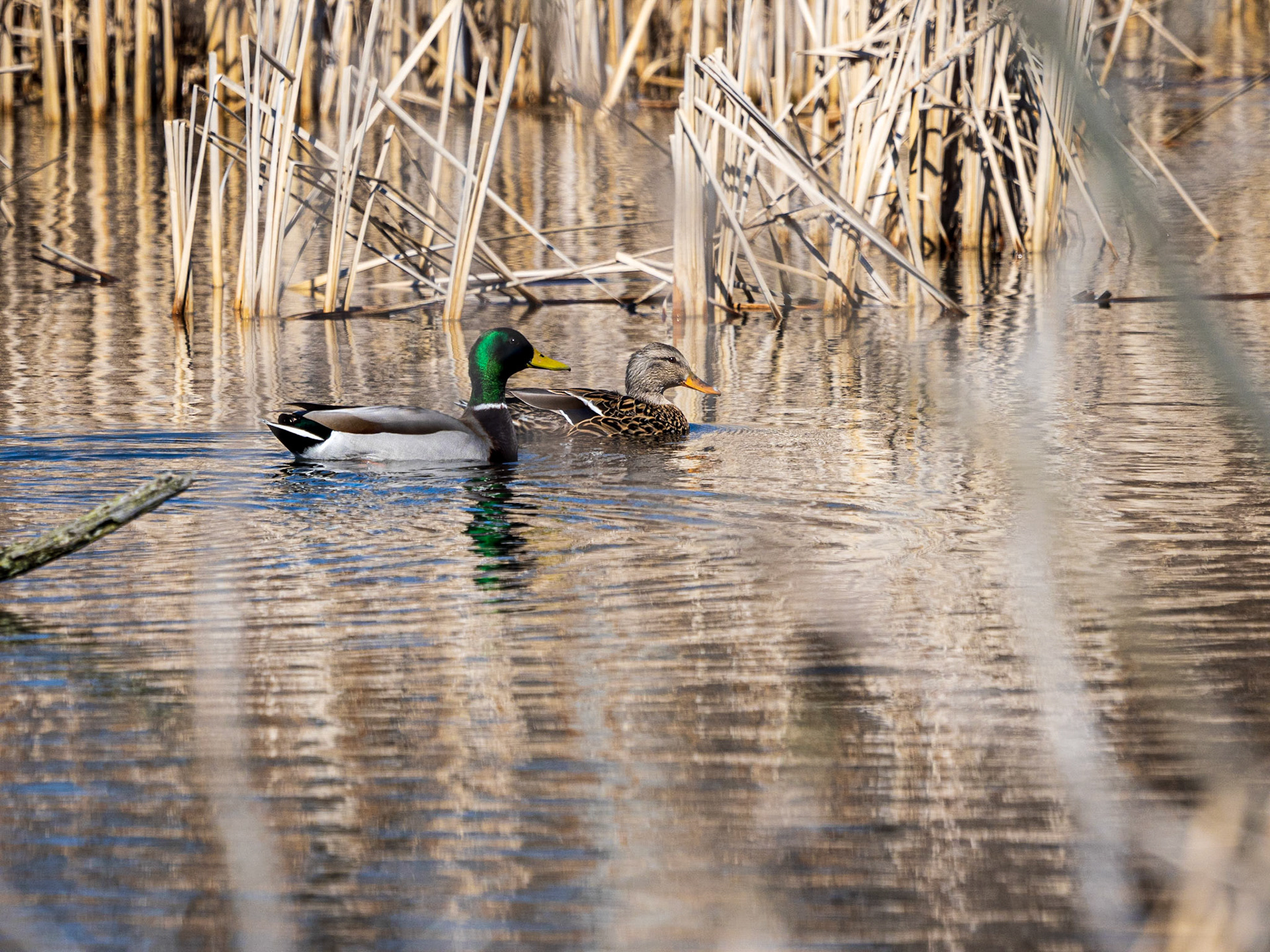
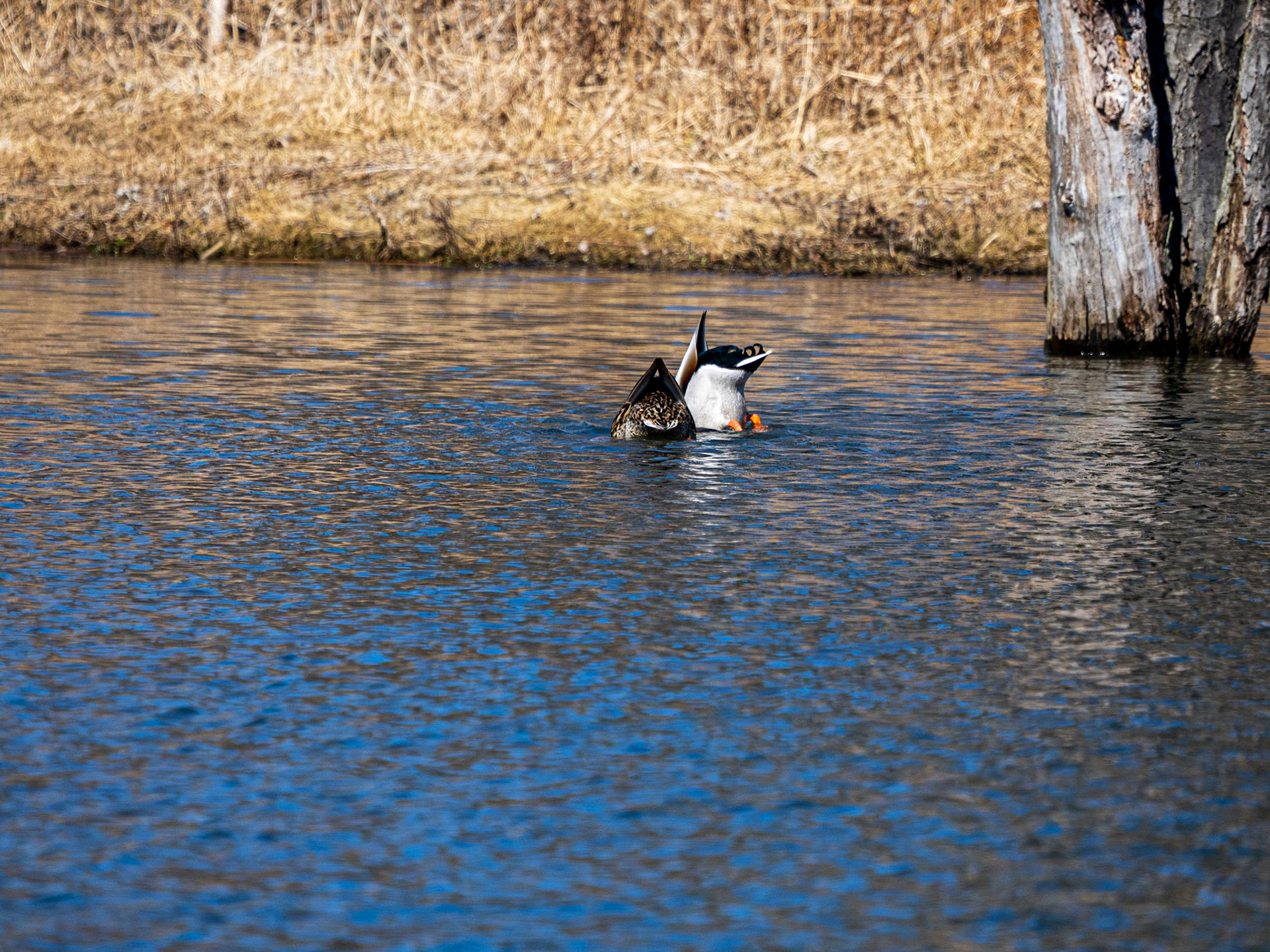
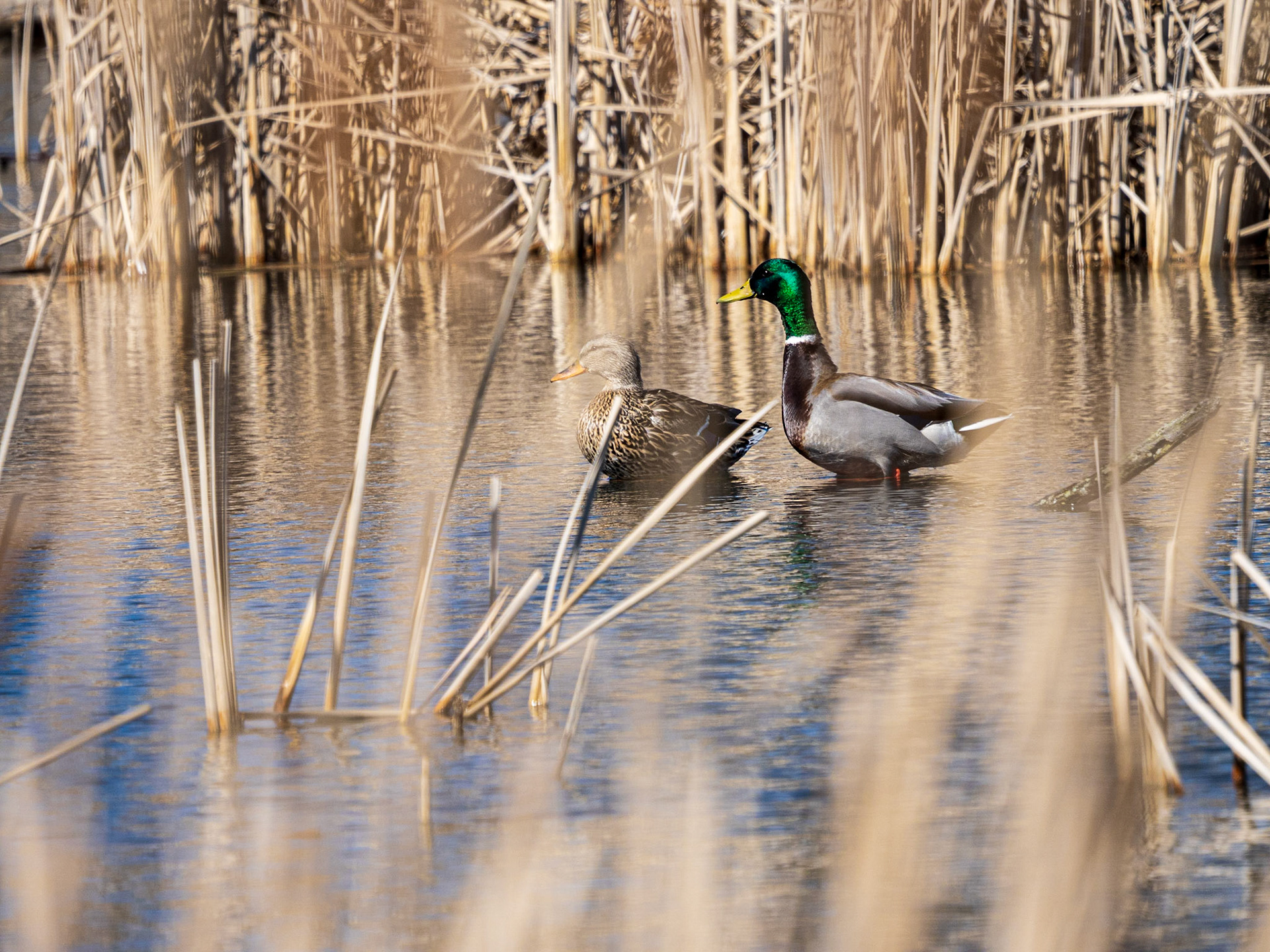
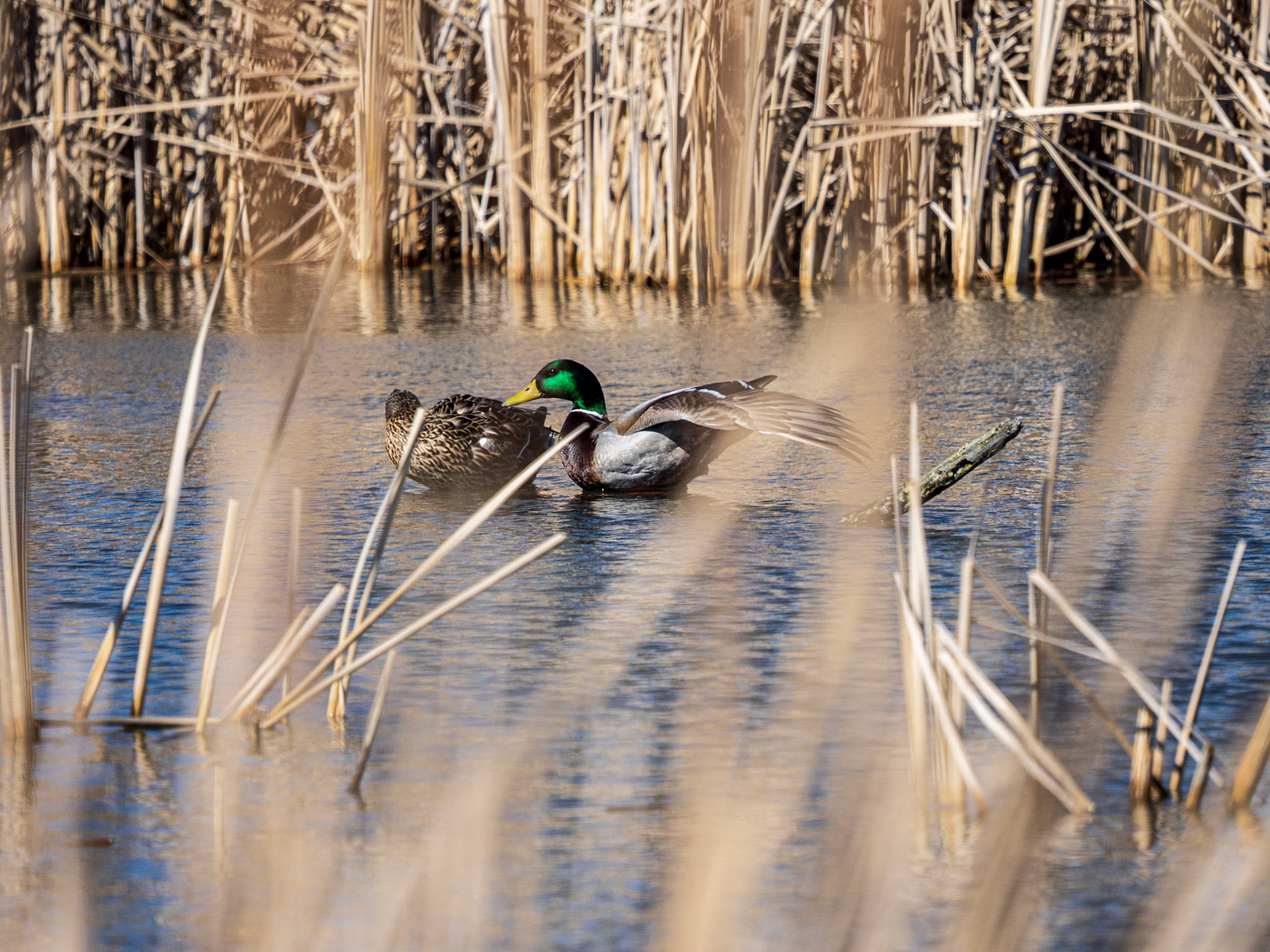
Wrap Up
And that was the walk! Overall, considering this was my first time using the new lens, I am quite pleased with the end results. Lots of room for improvement, of course. I also want to experiment with different IS combinations and slower shutter speeds. An overcast day should give me all those options.
Do I think any of these are Stock-worthy? I can see a few that might be accepted, like the industrial shots, the duck bottoms and possibly a goose shot because they've got generous copy space. But acceptance doesn't' mean sold. ;-) Only time will tell on that front.

